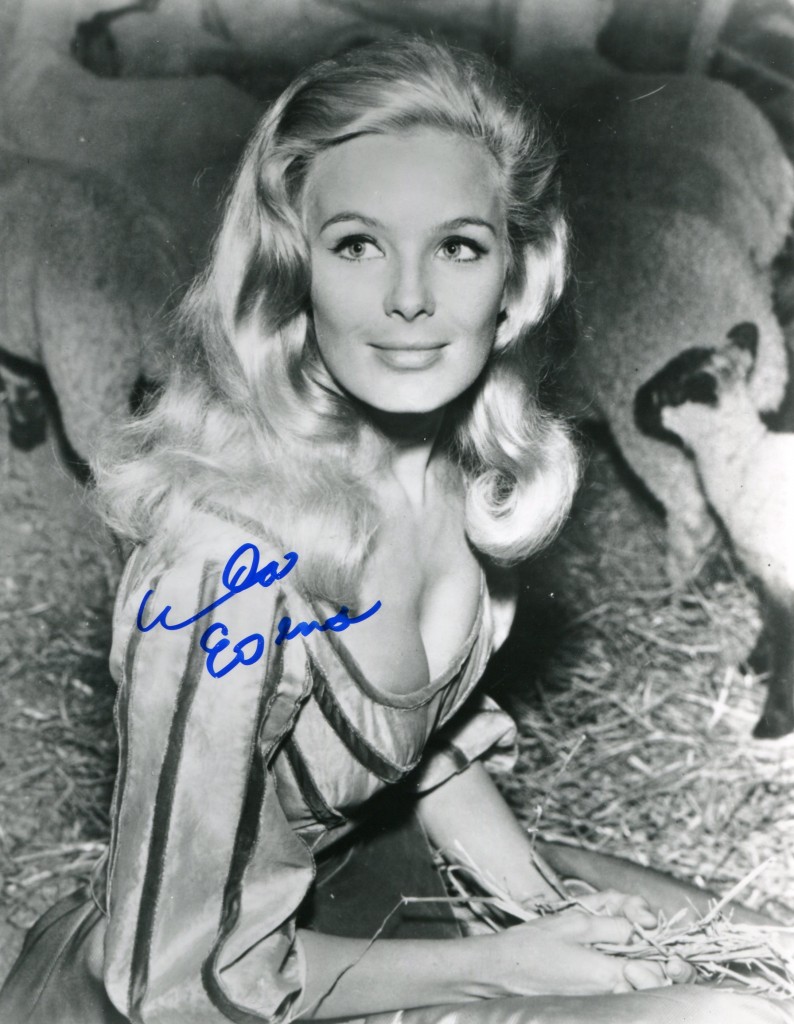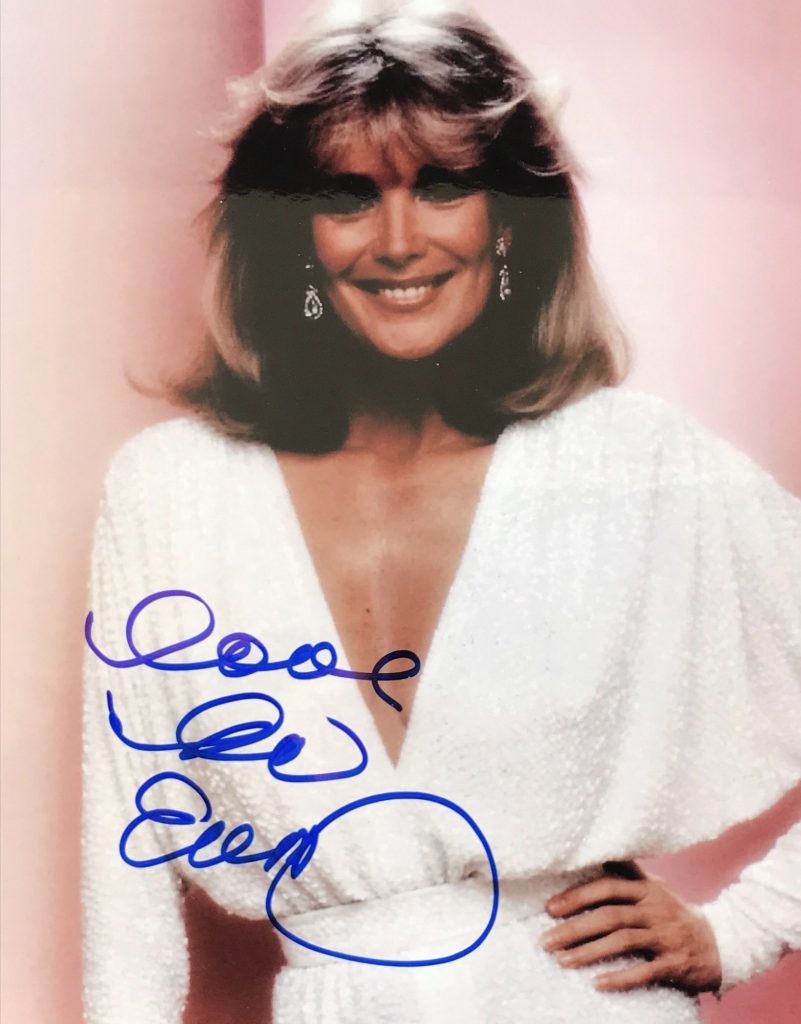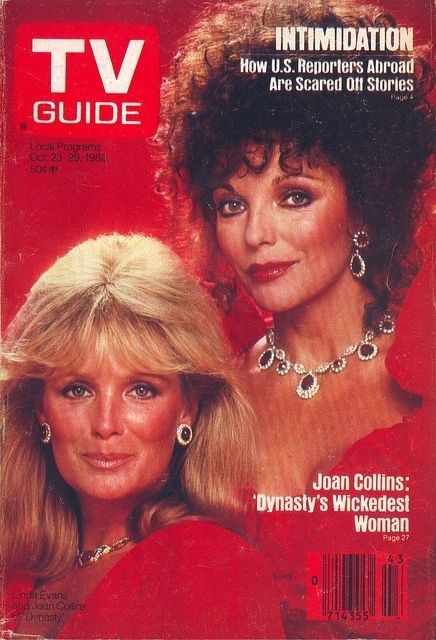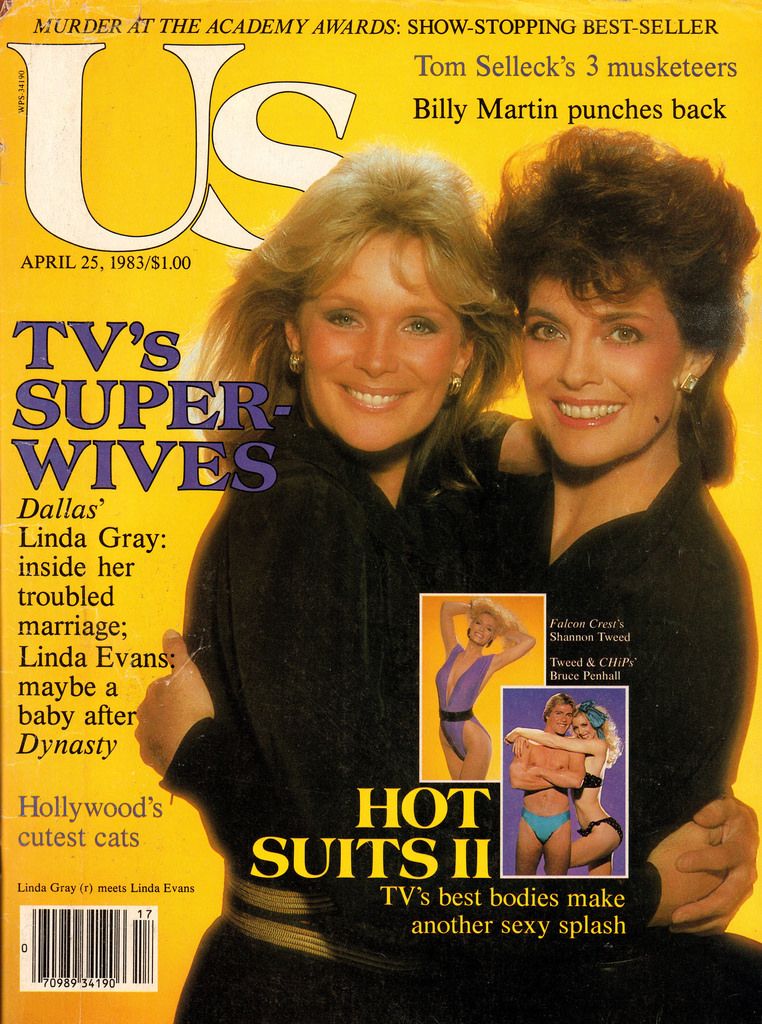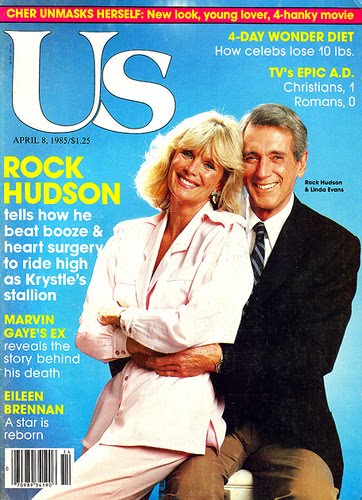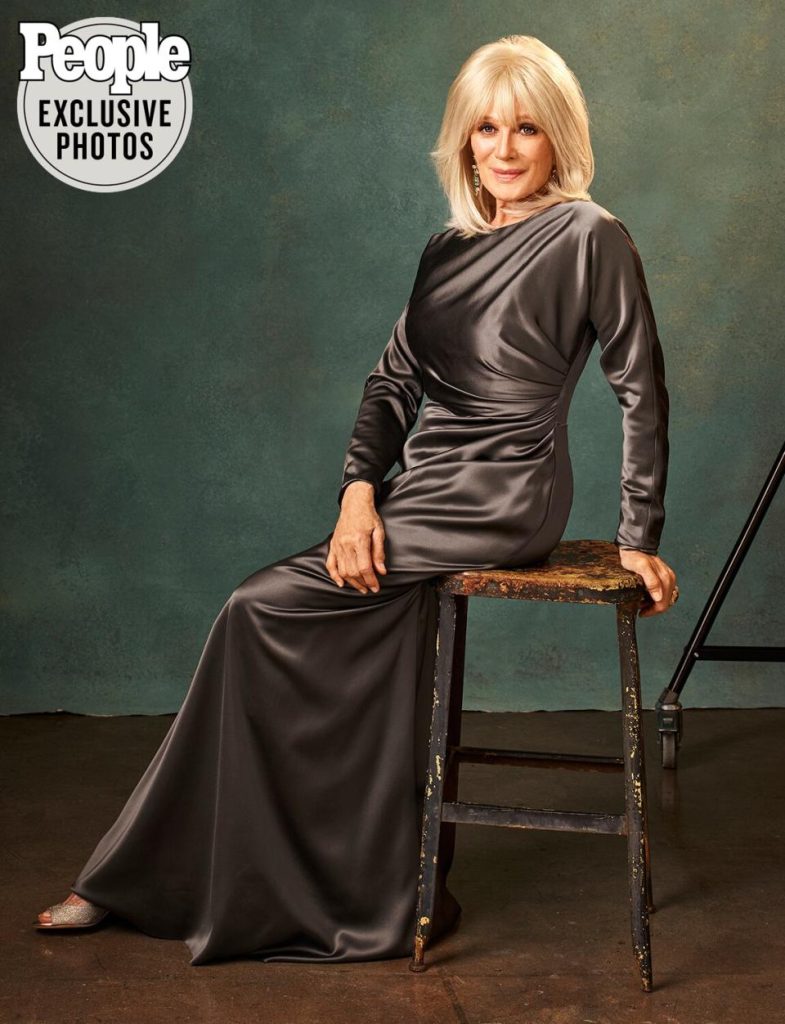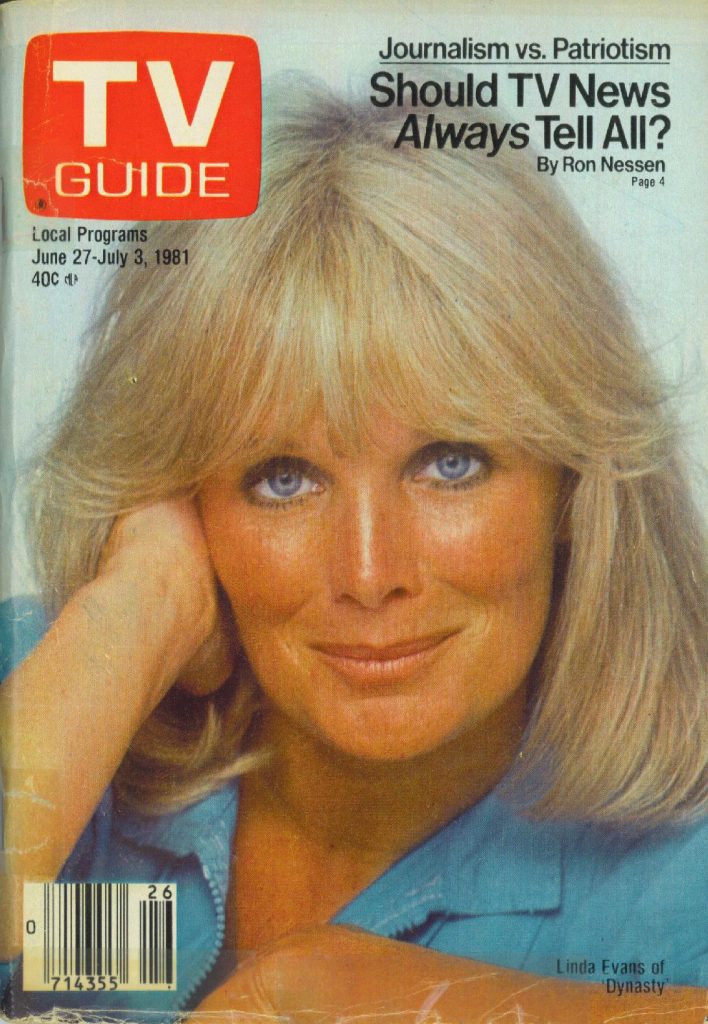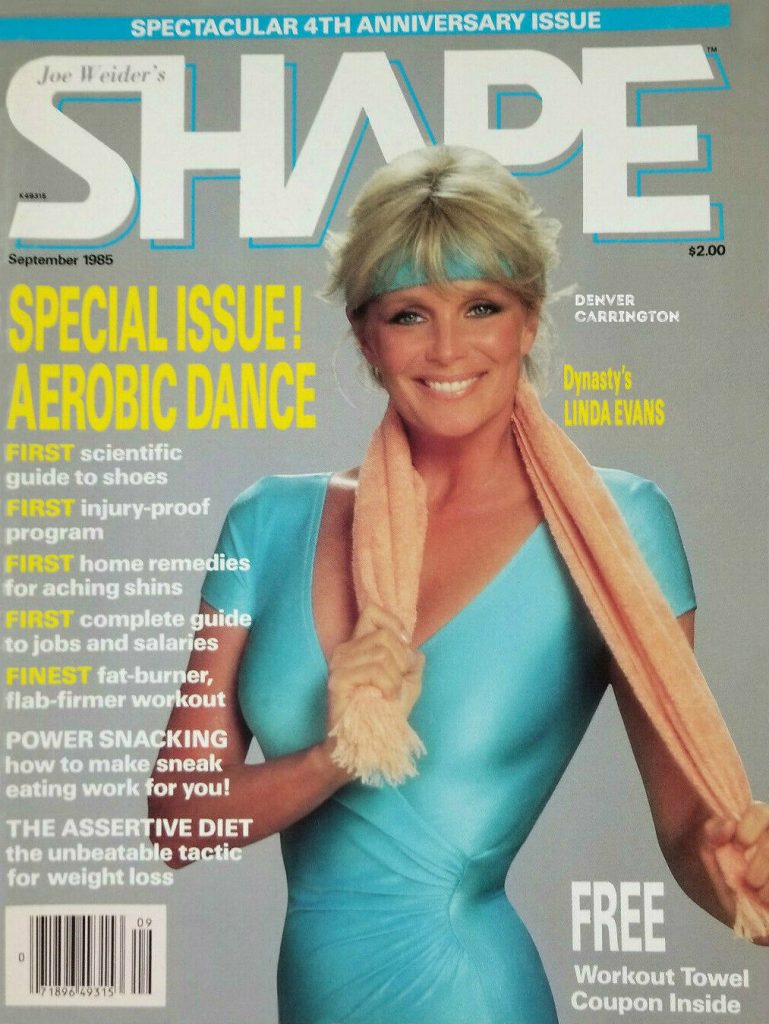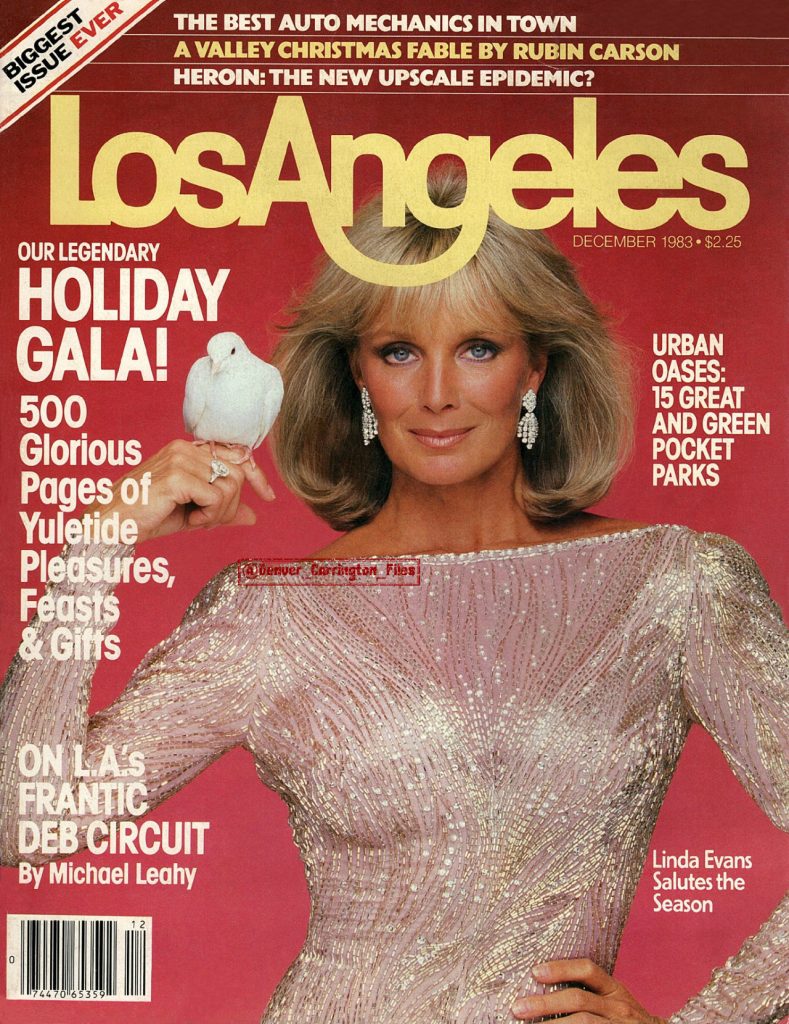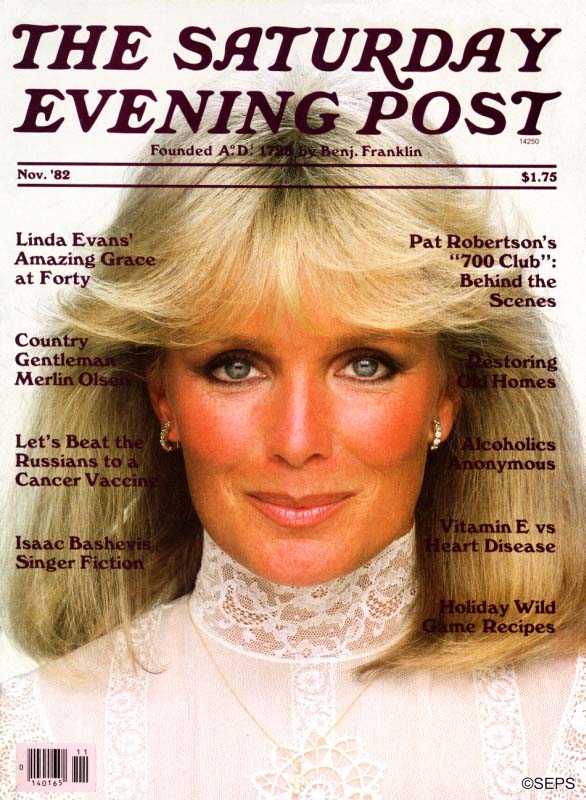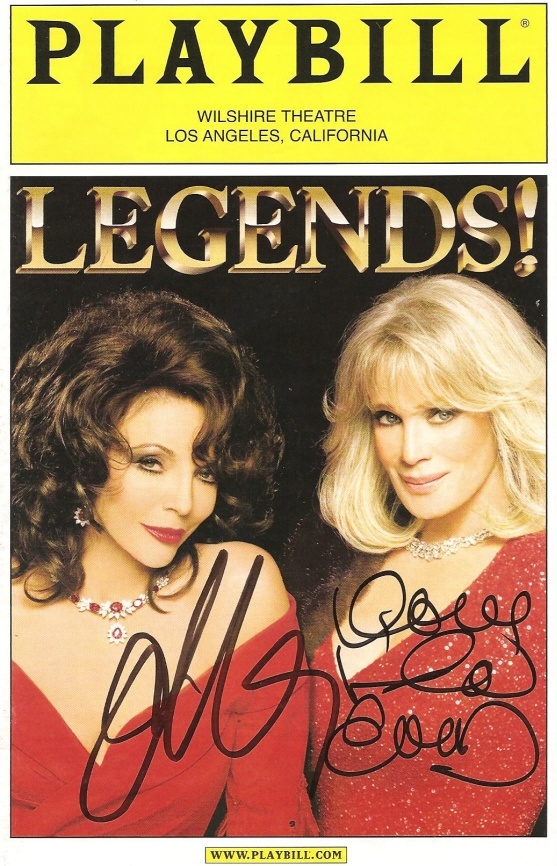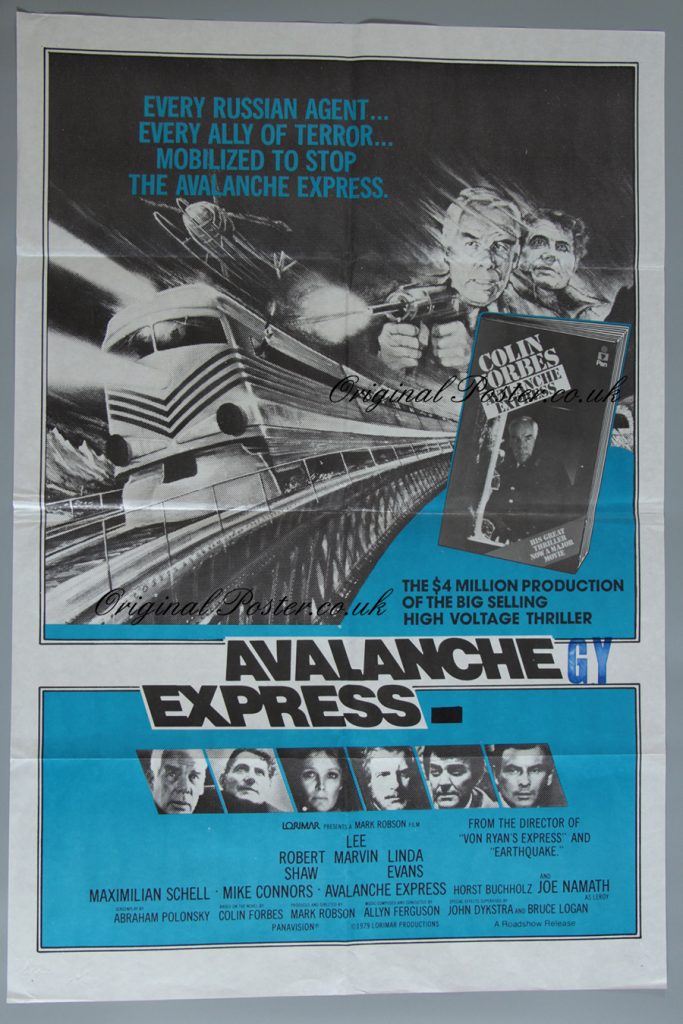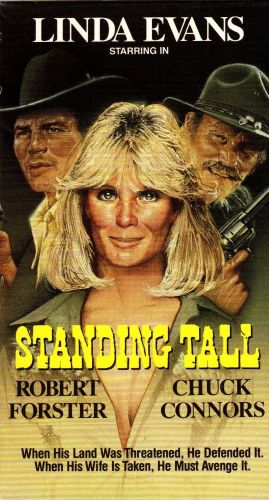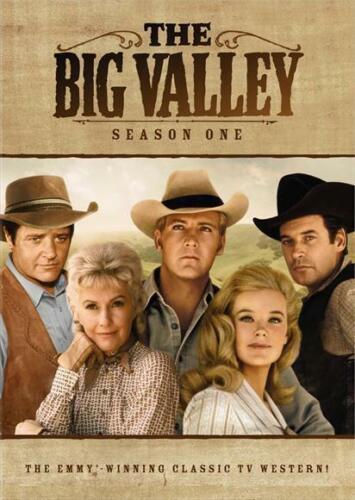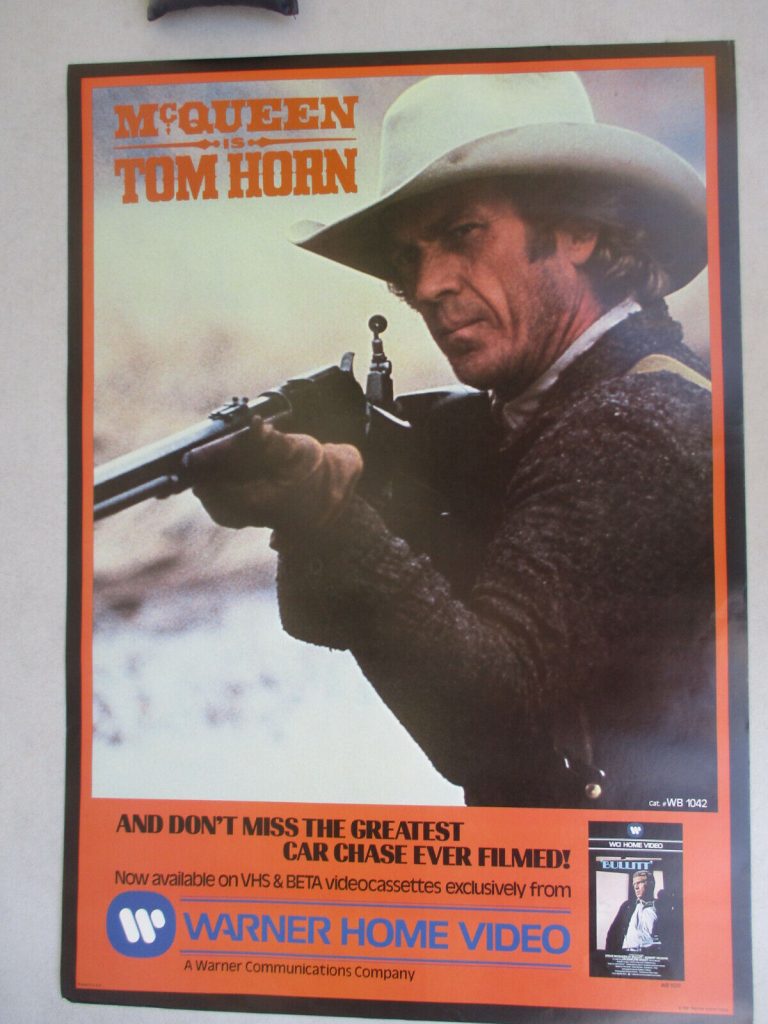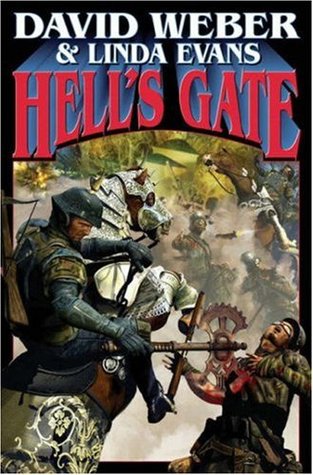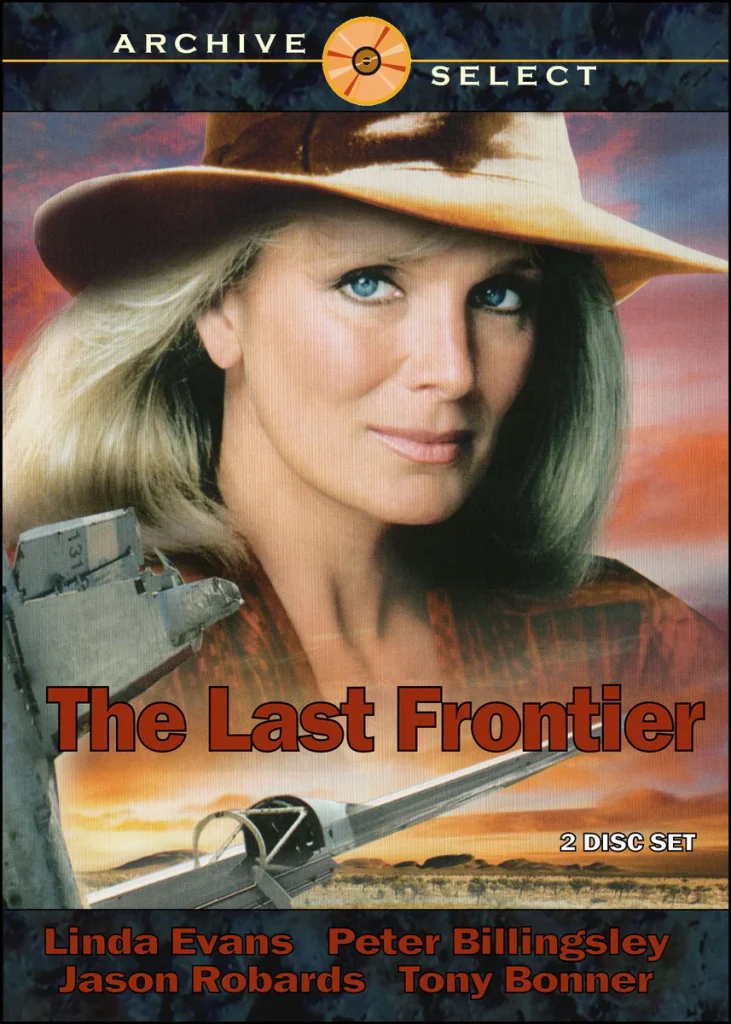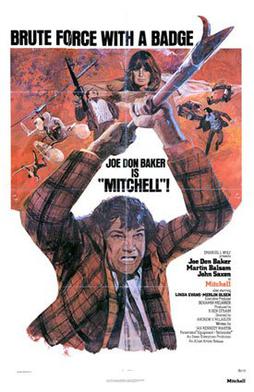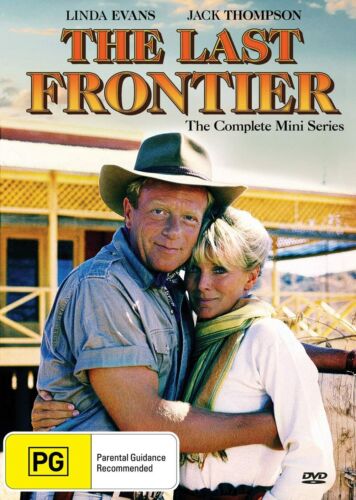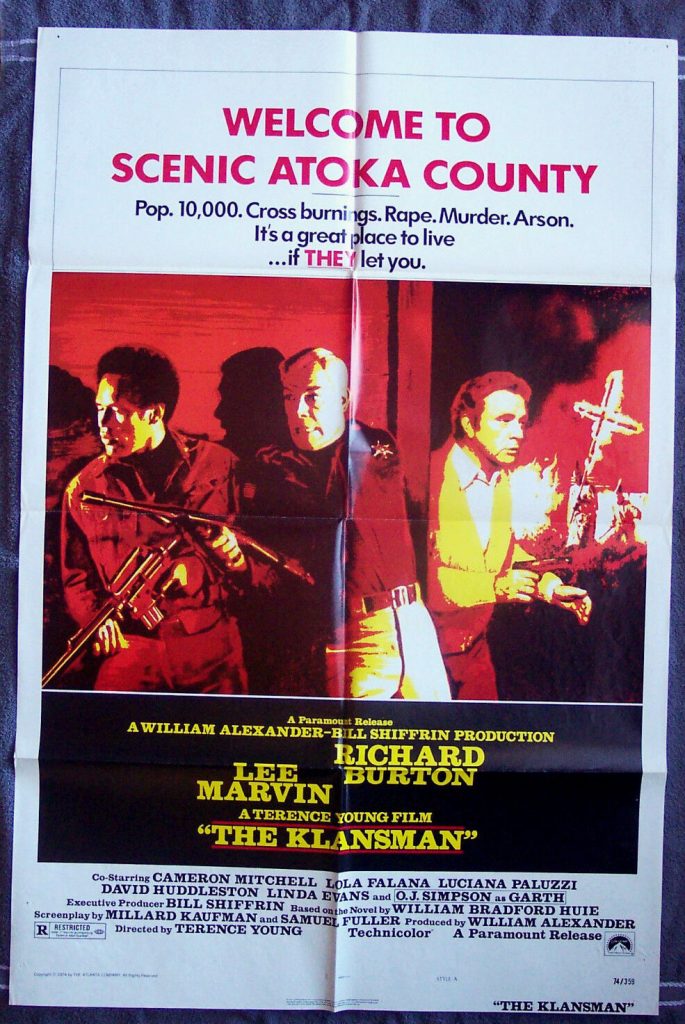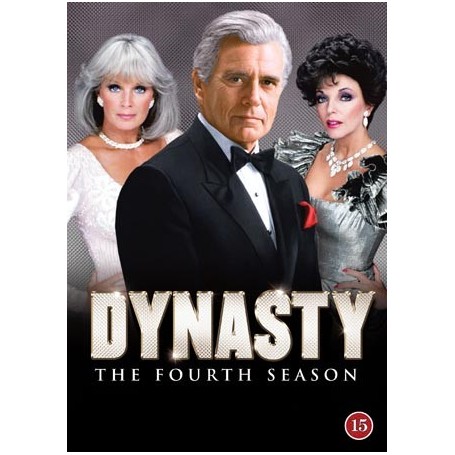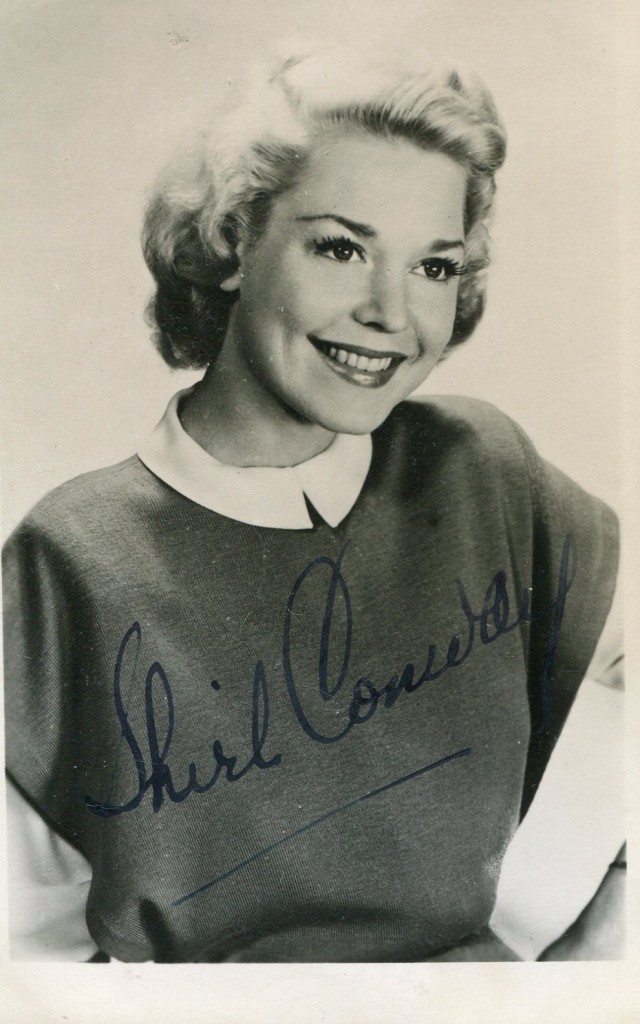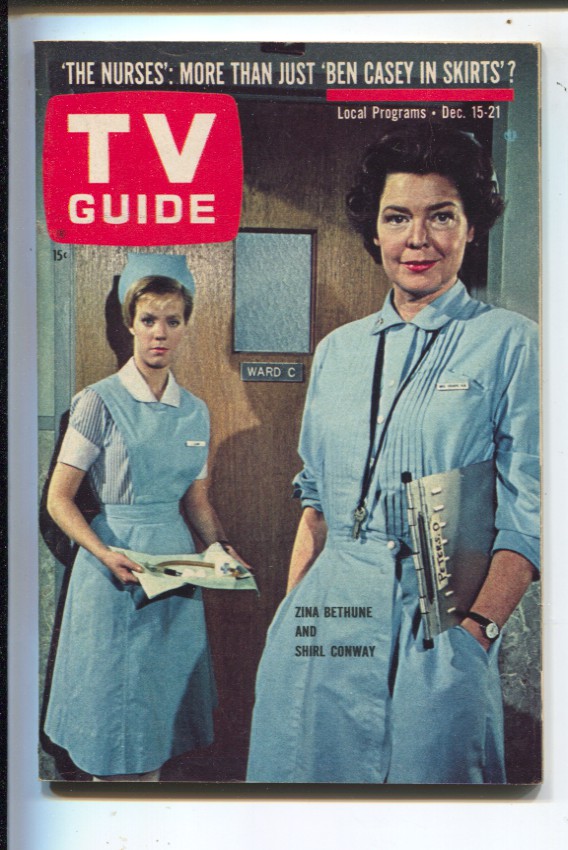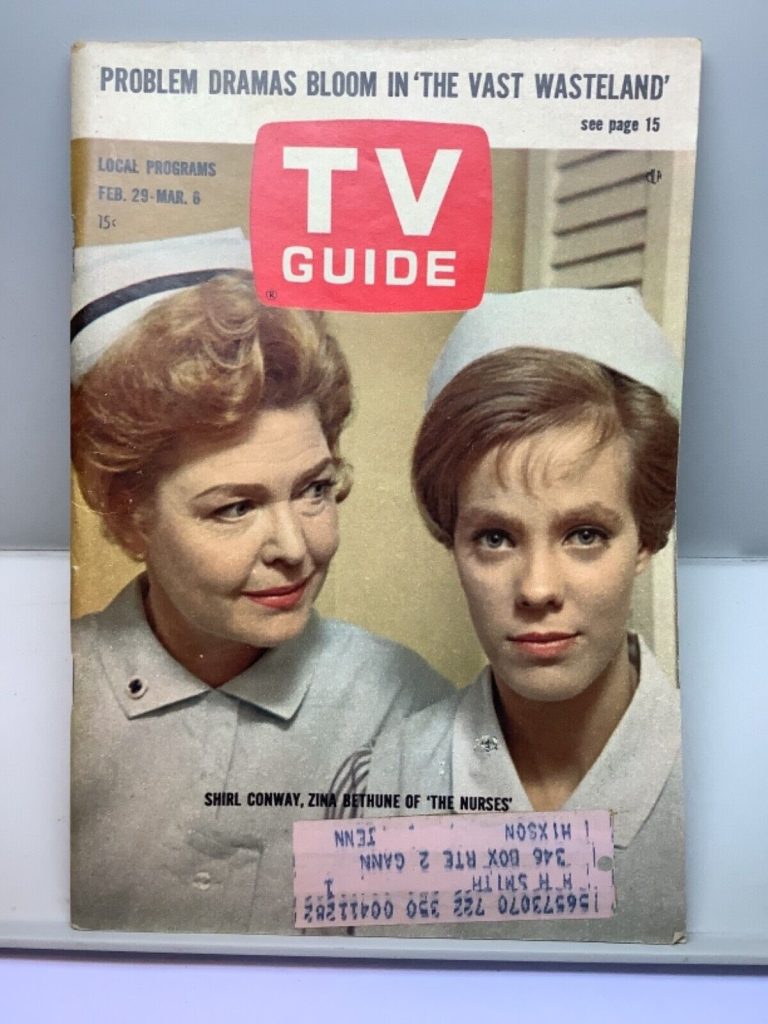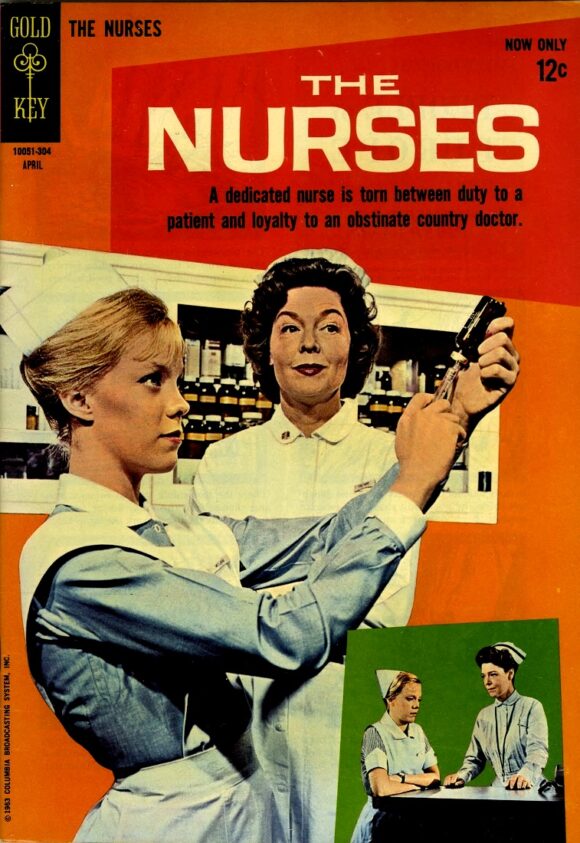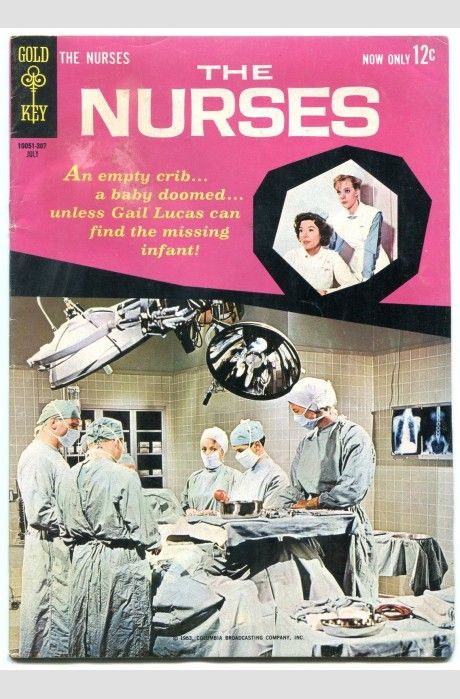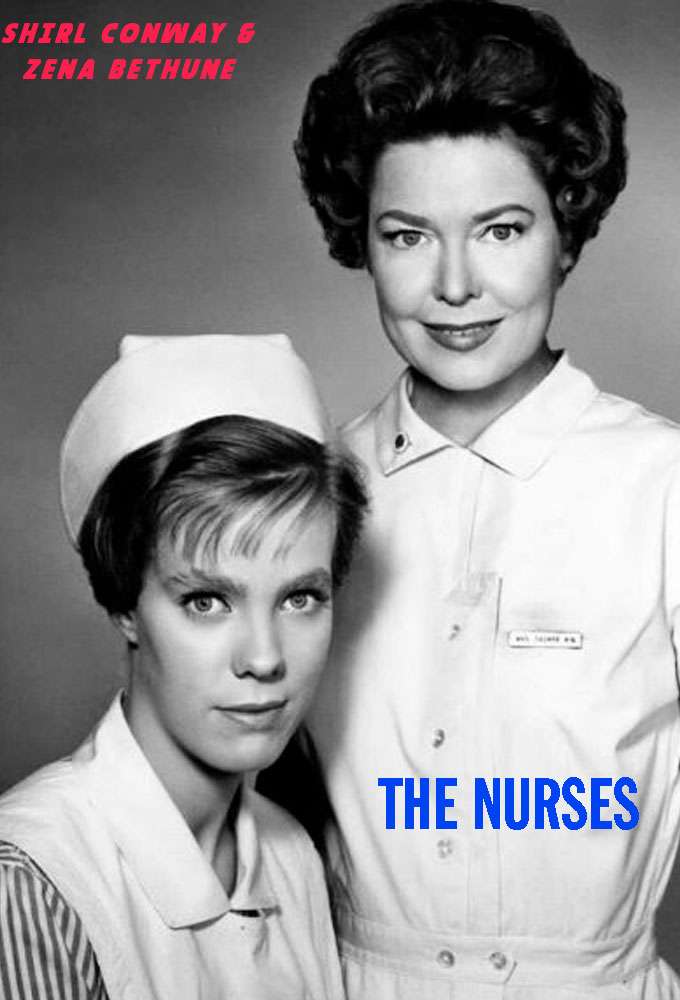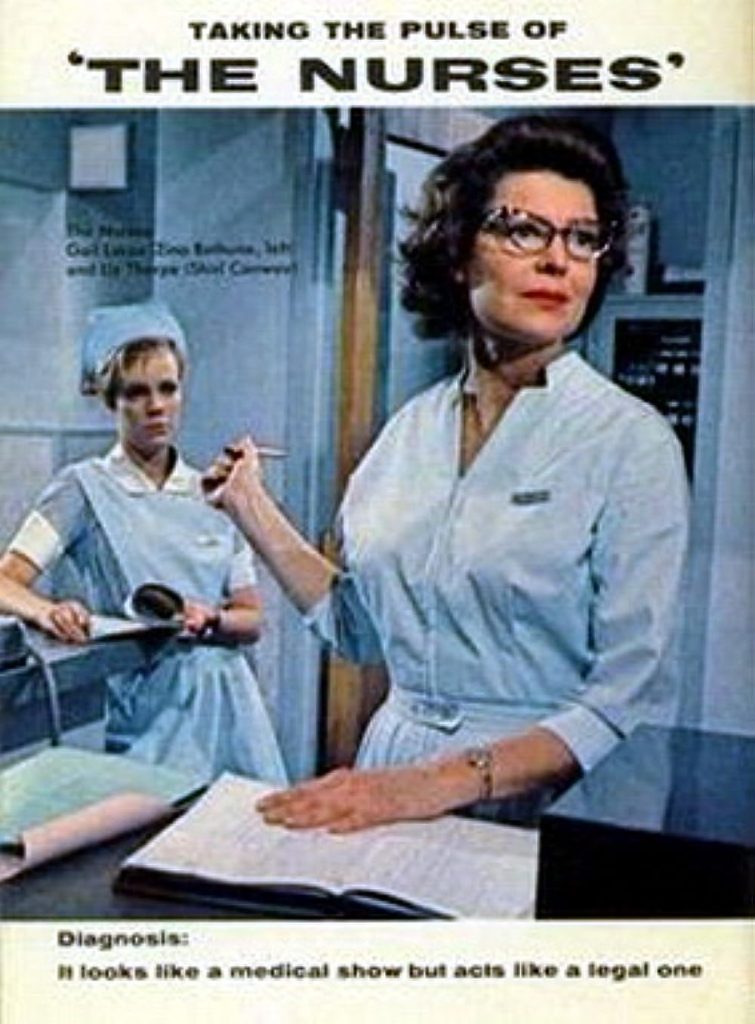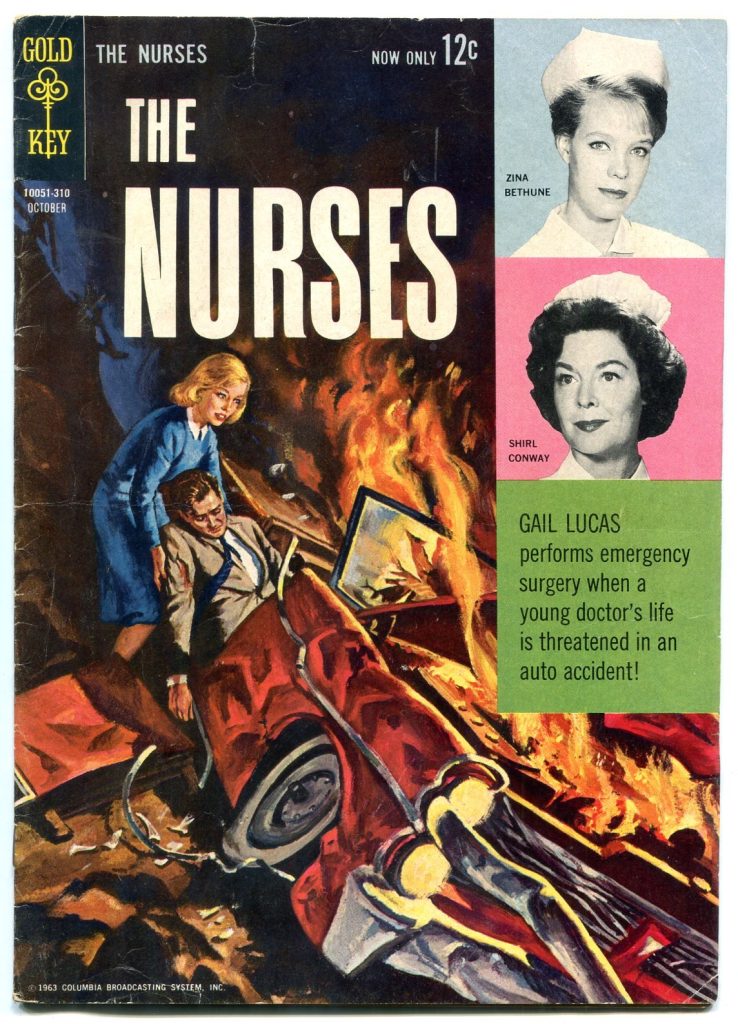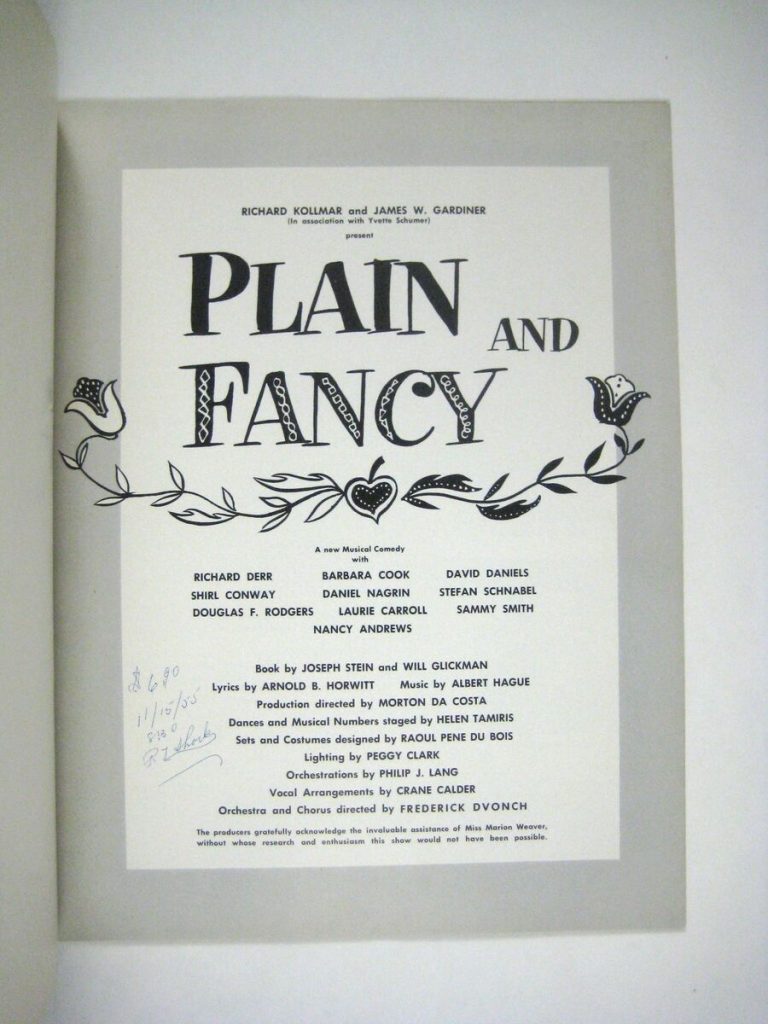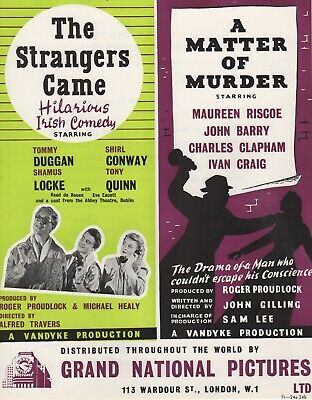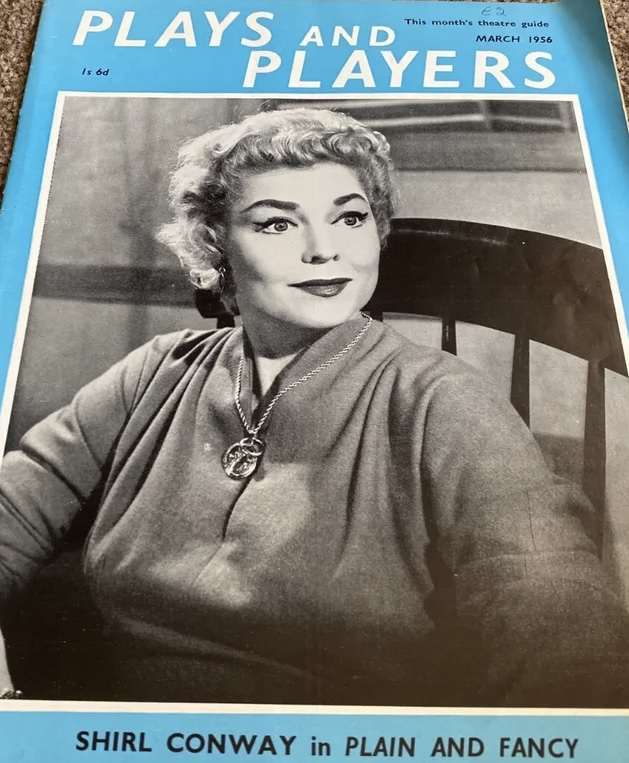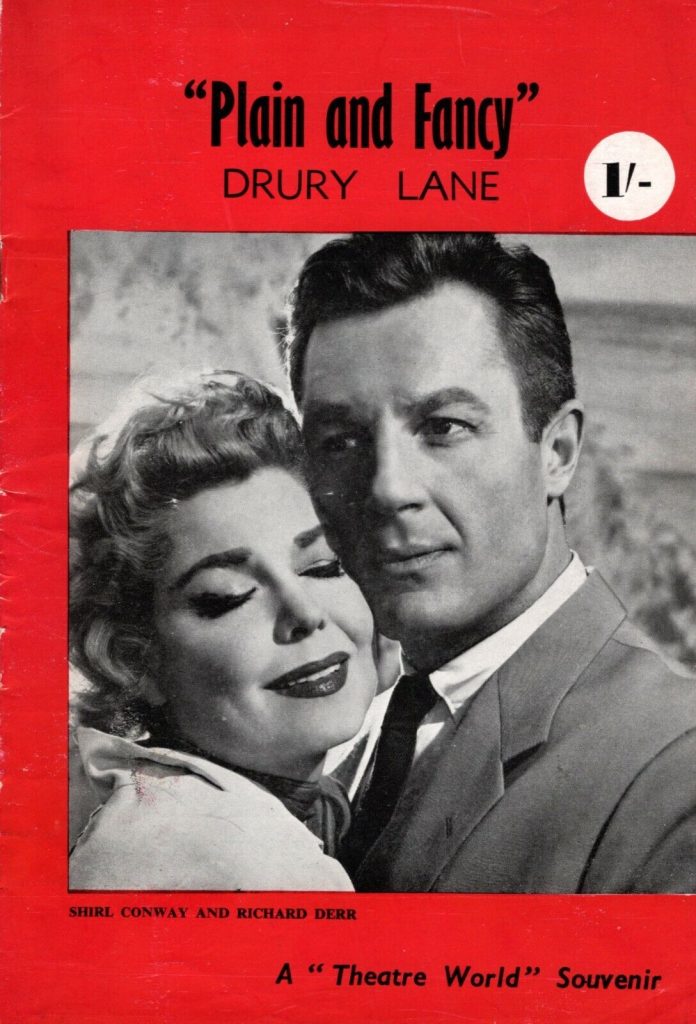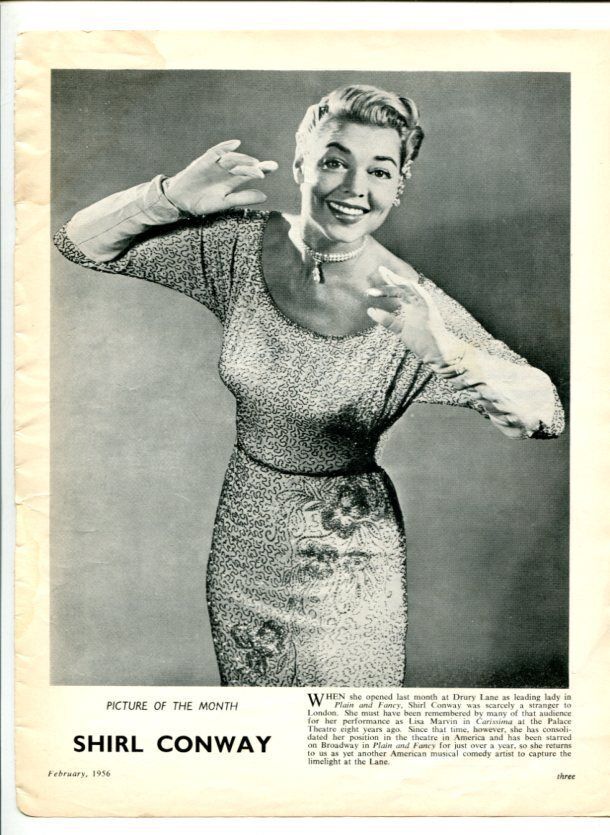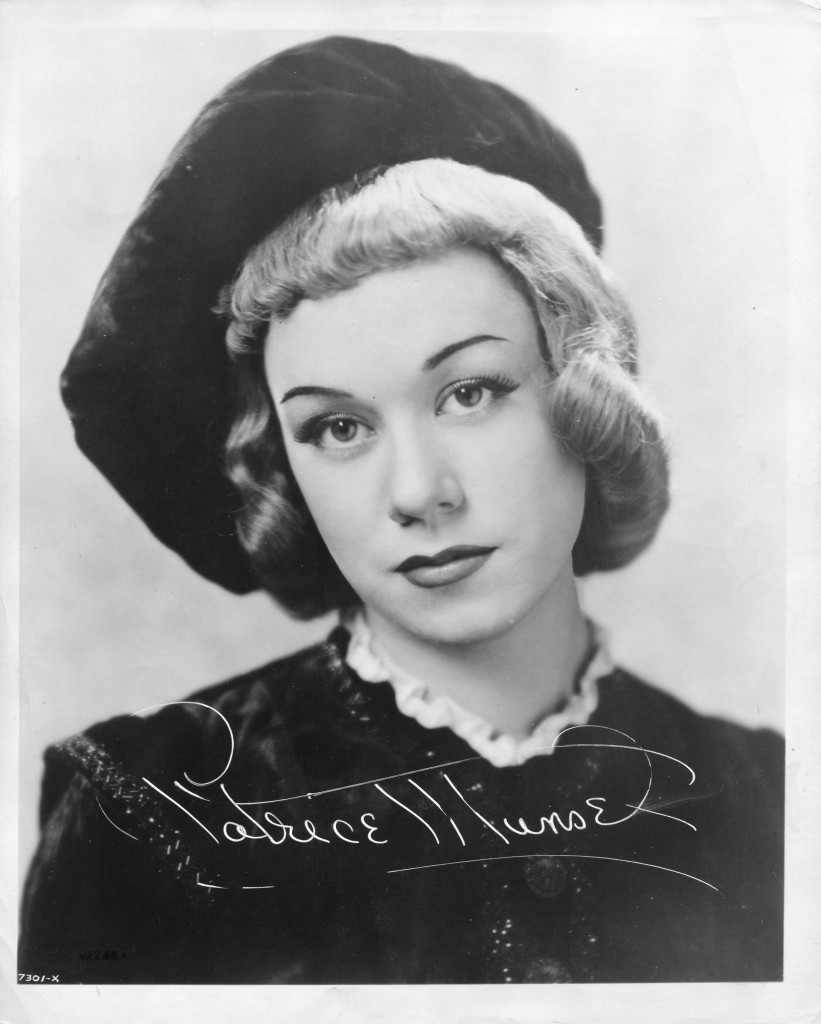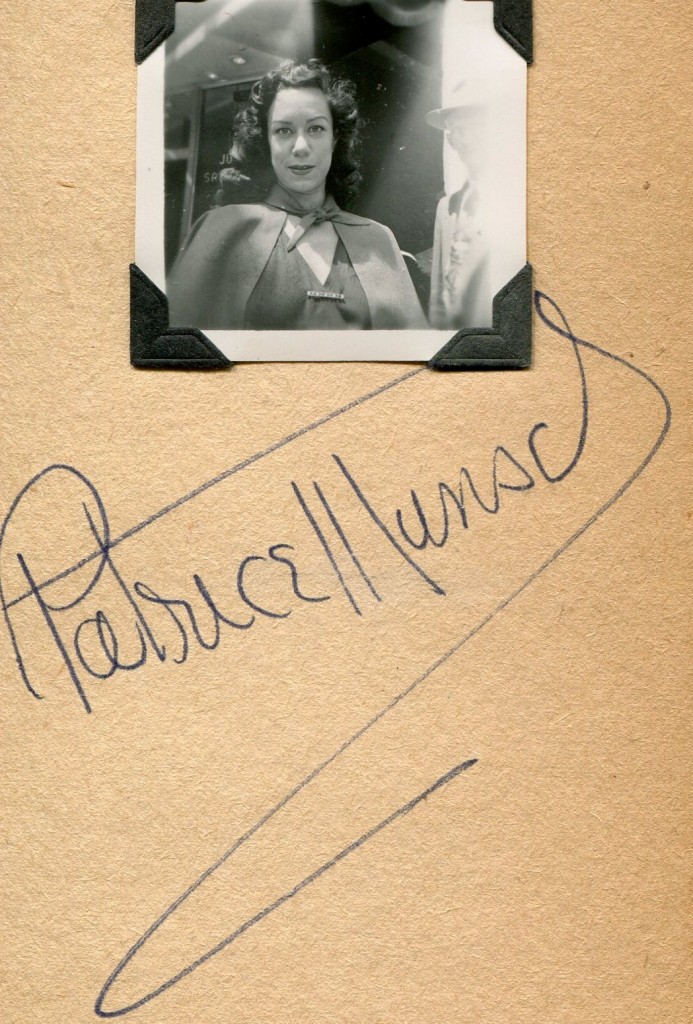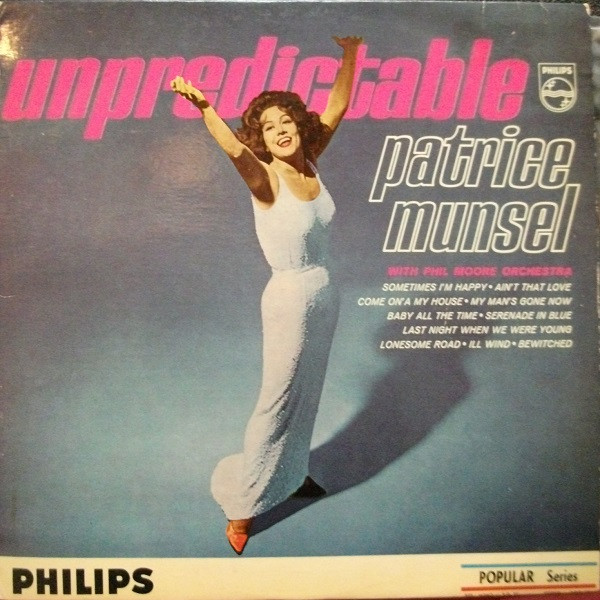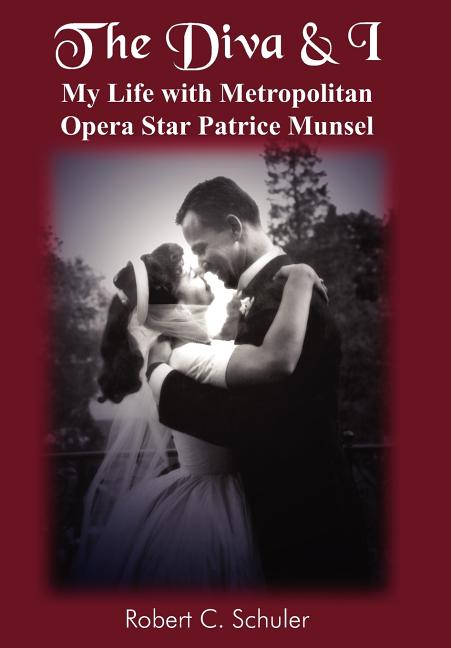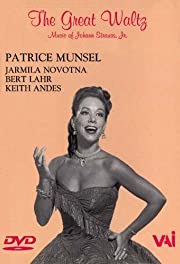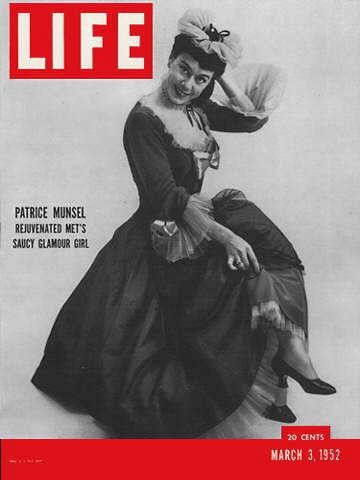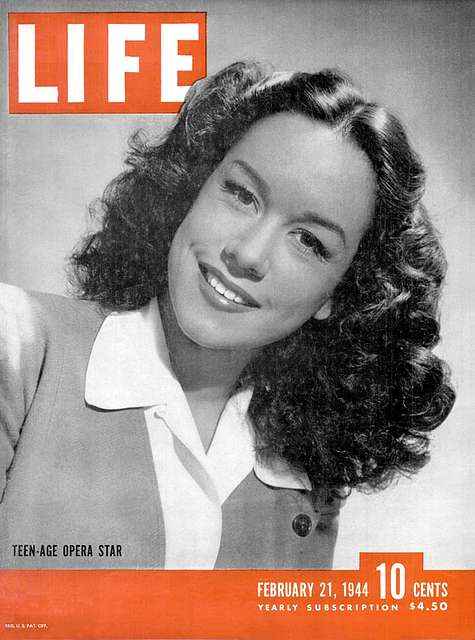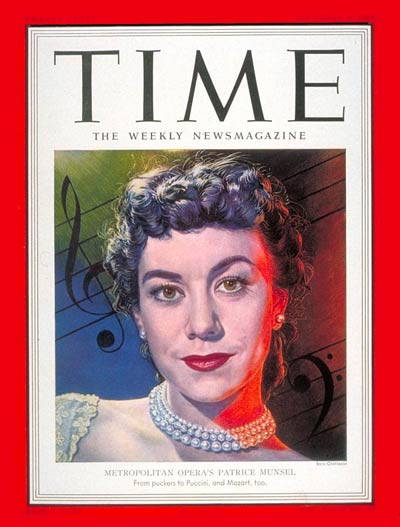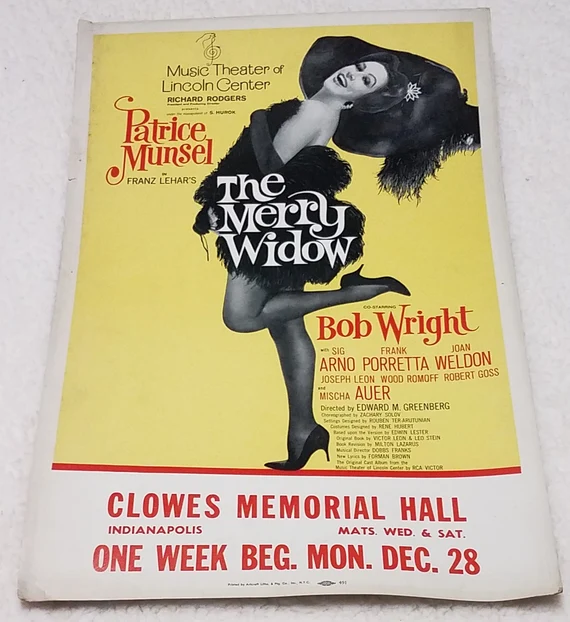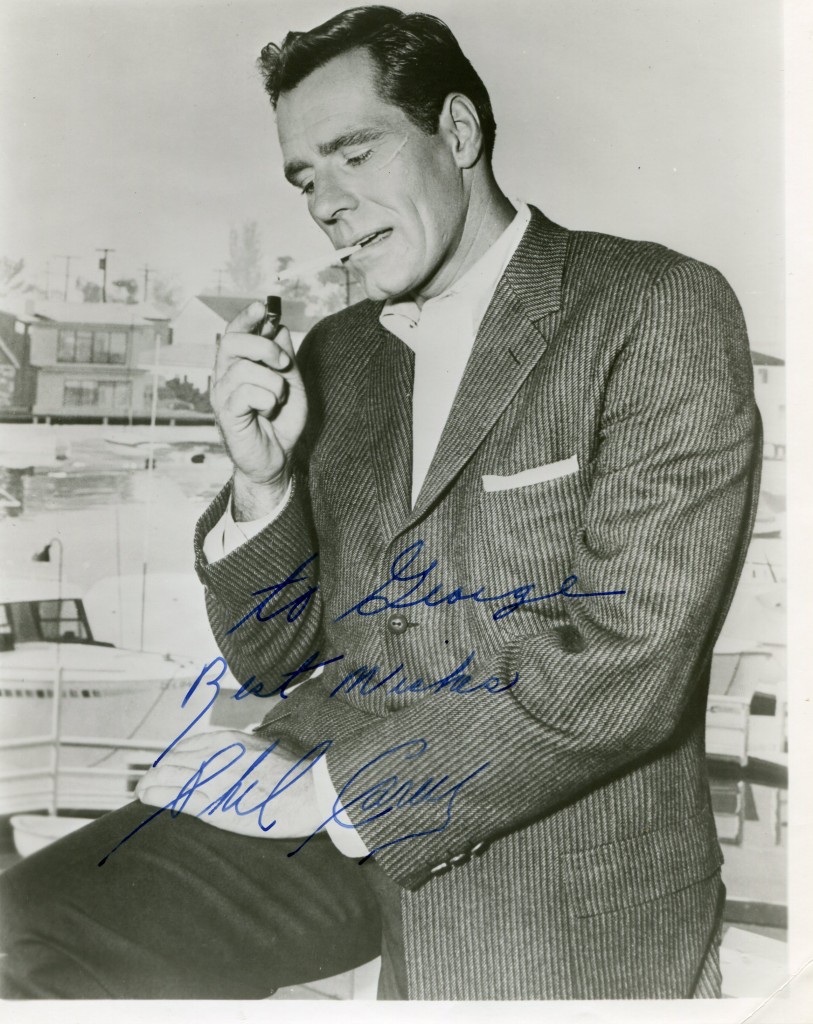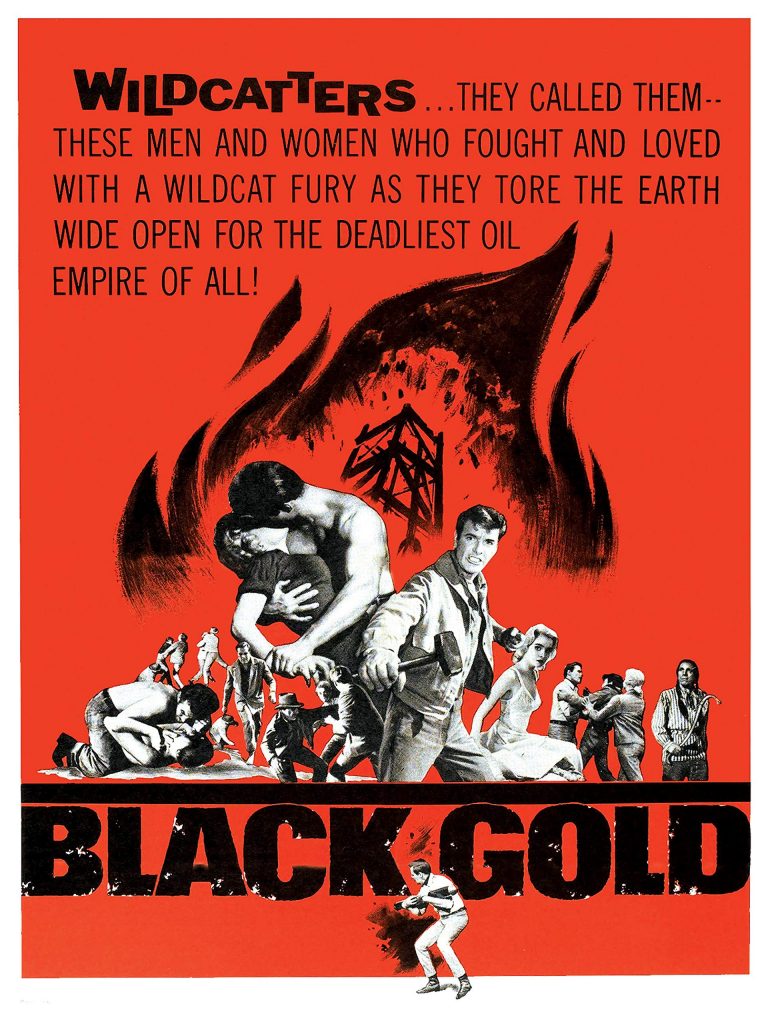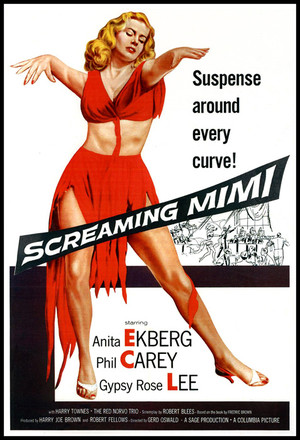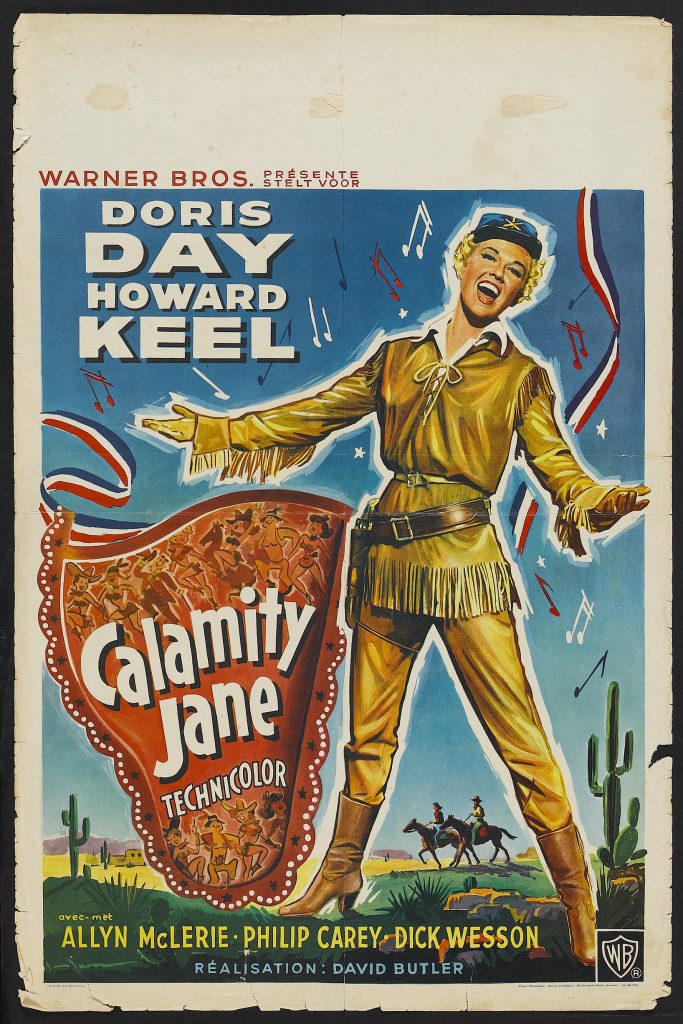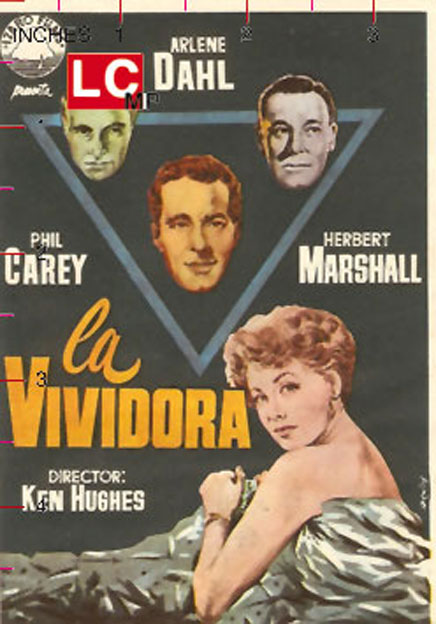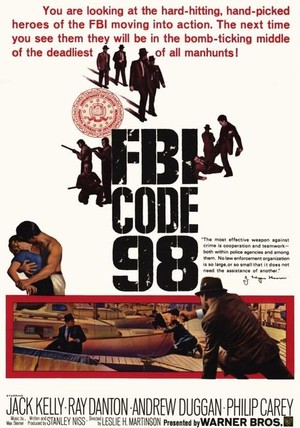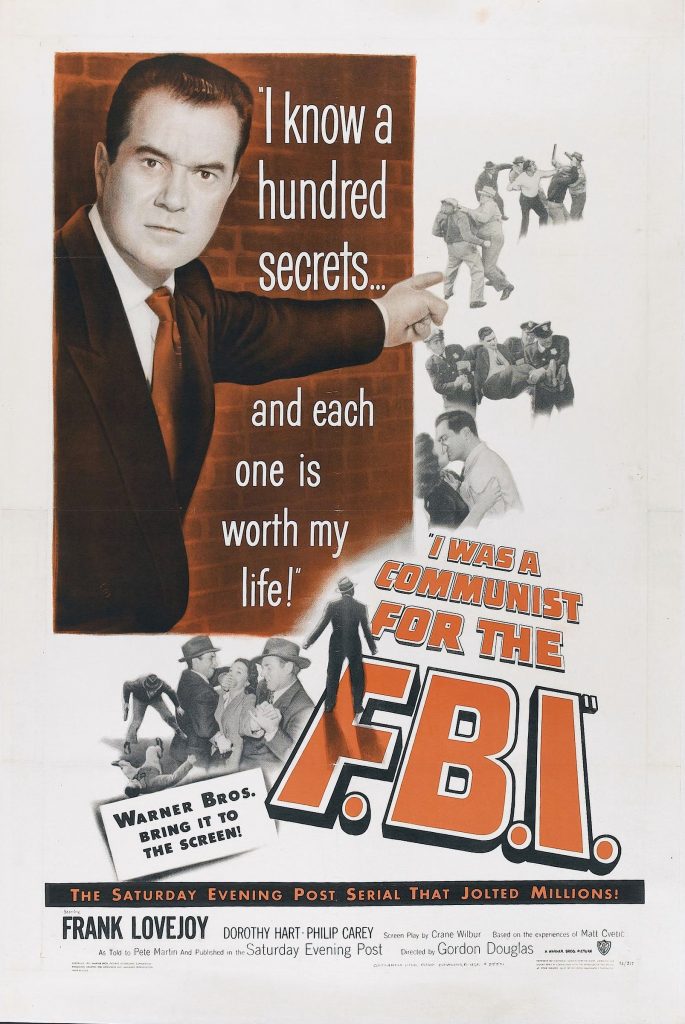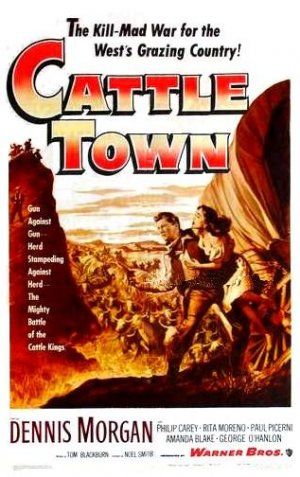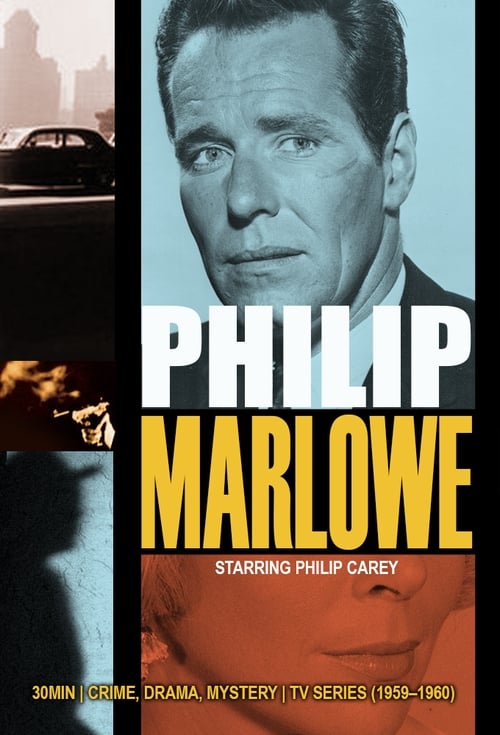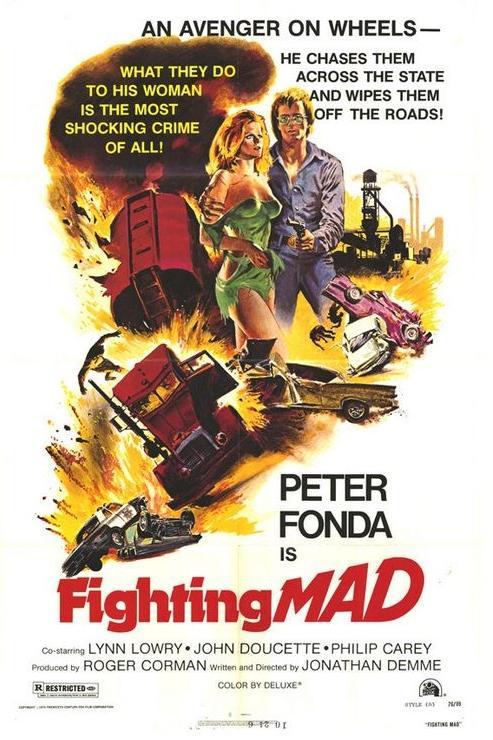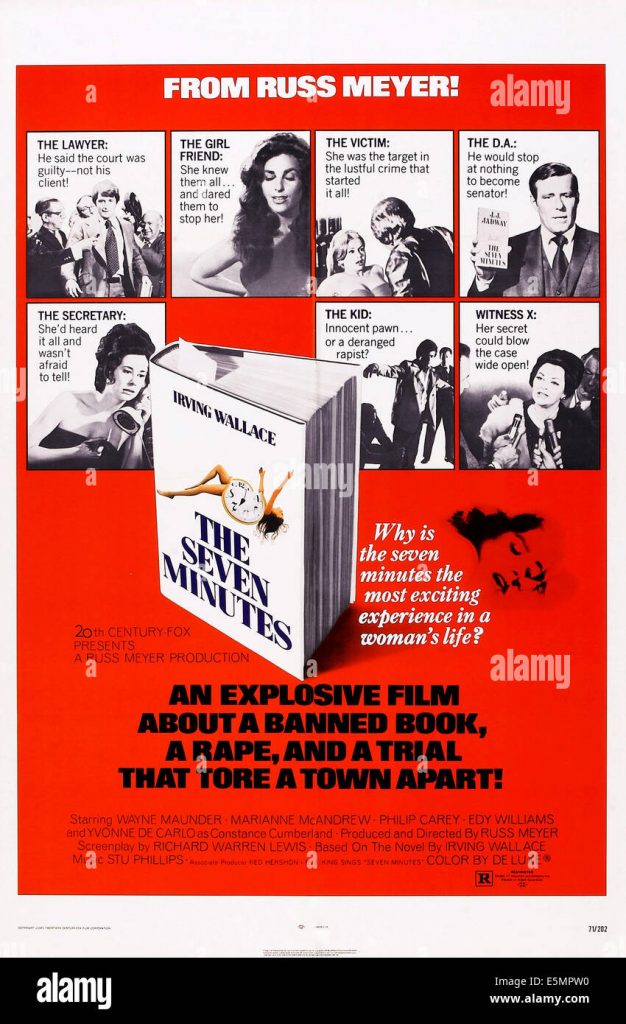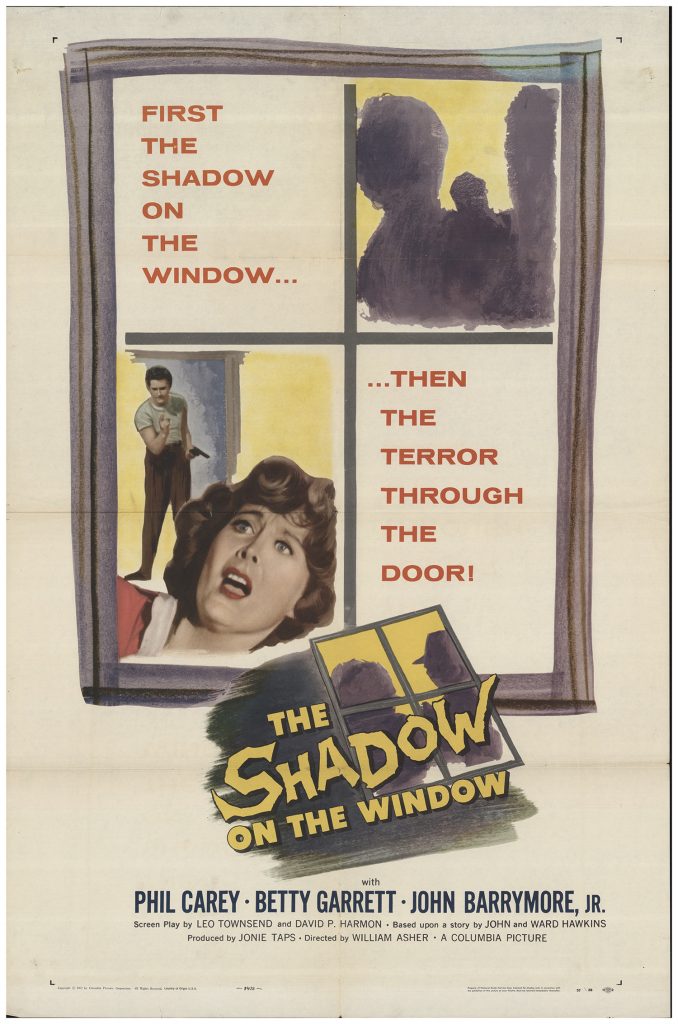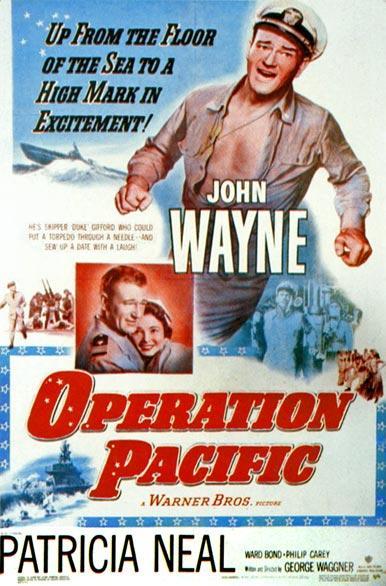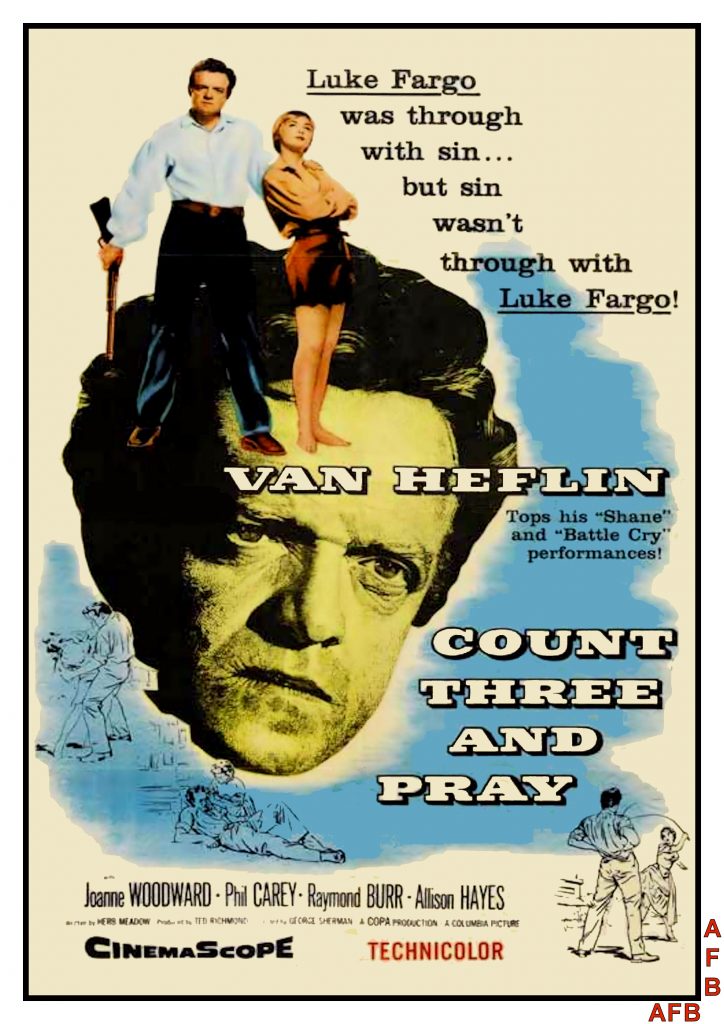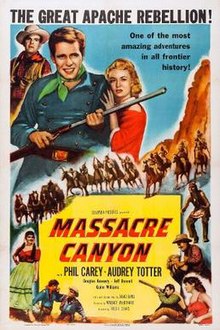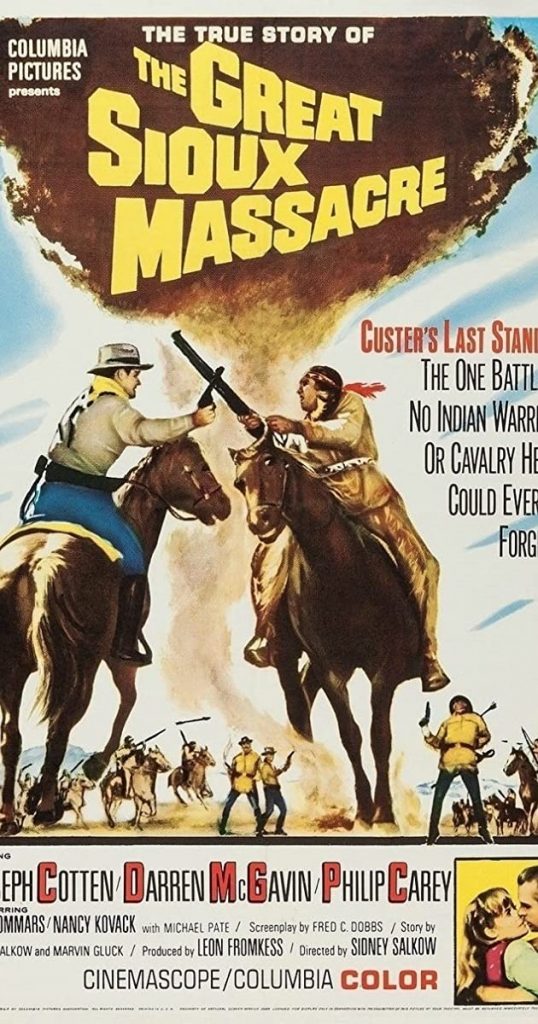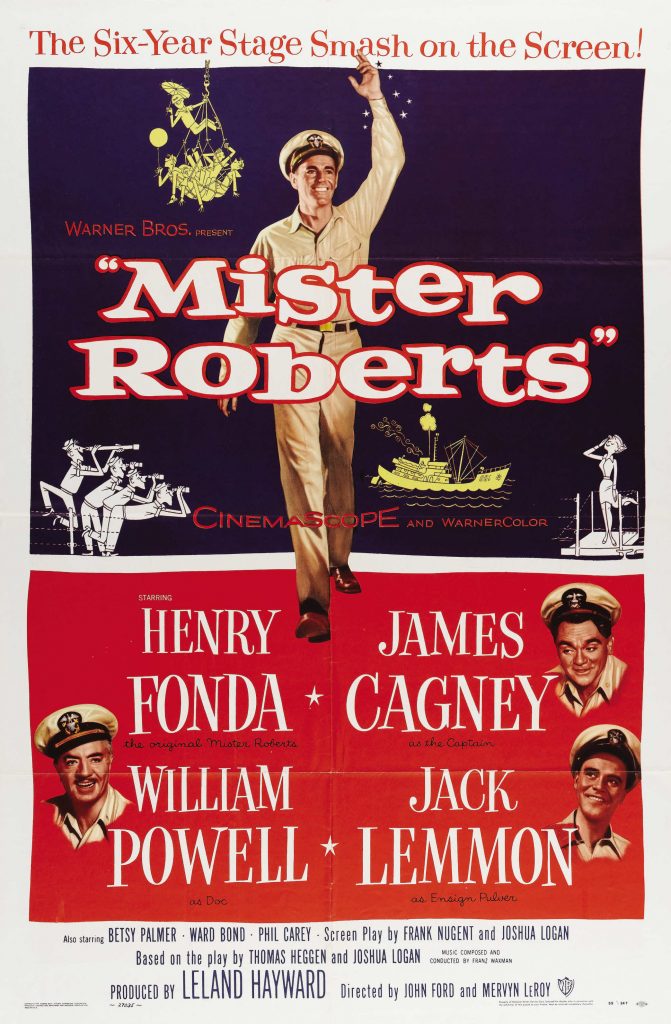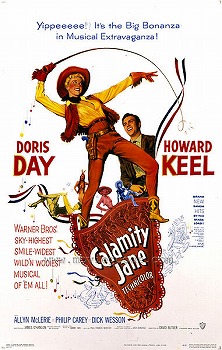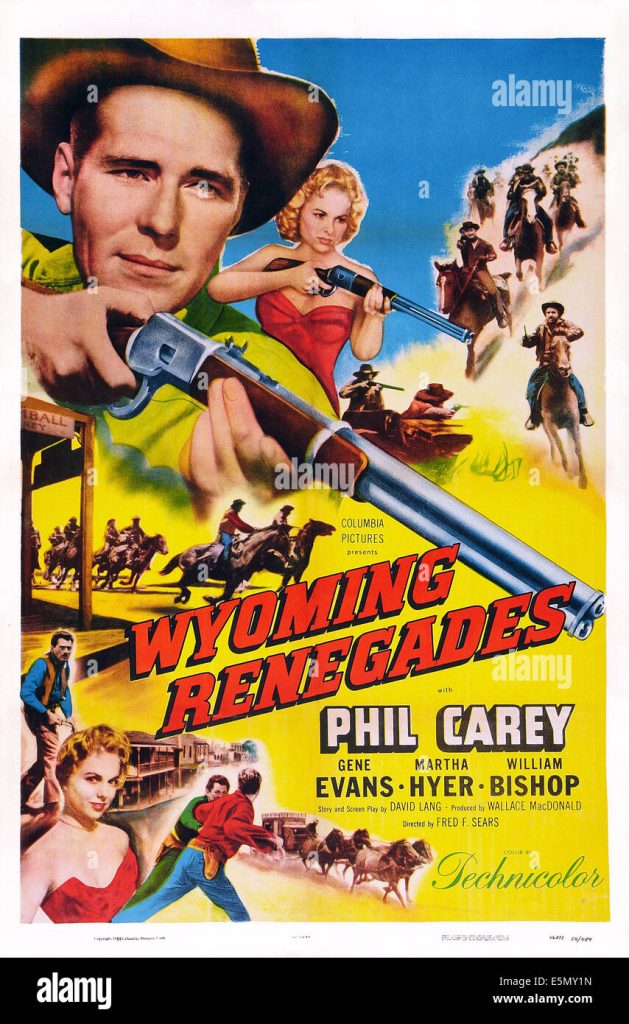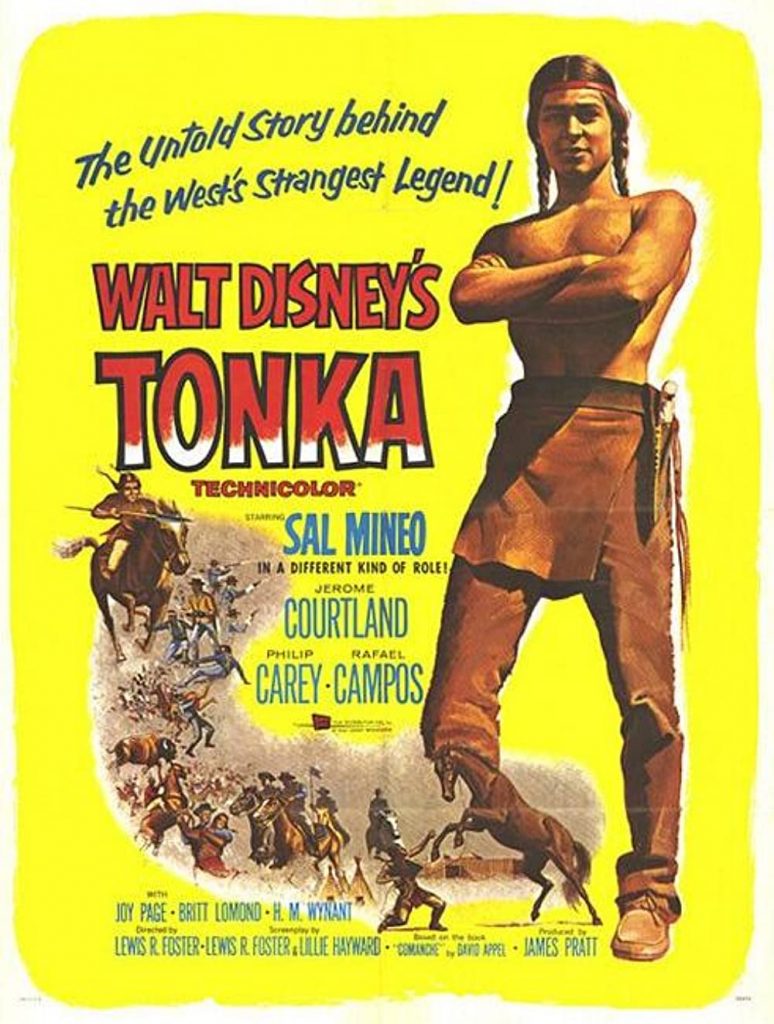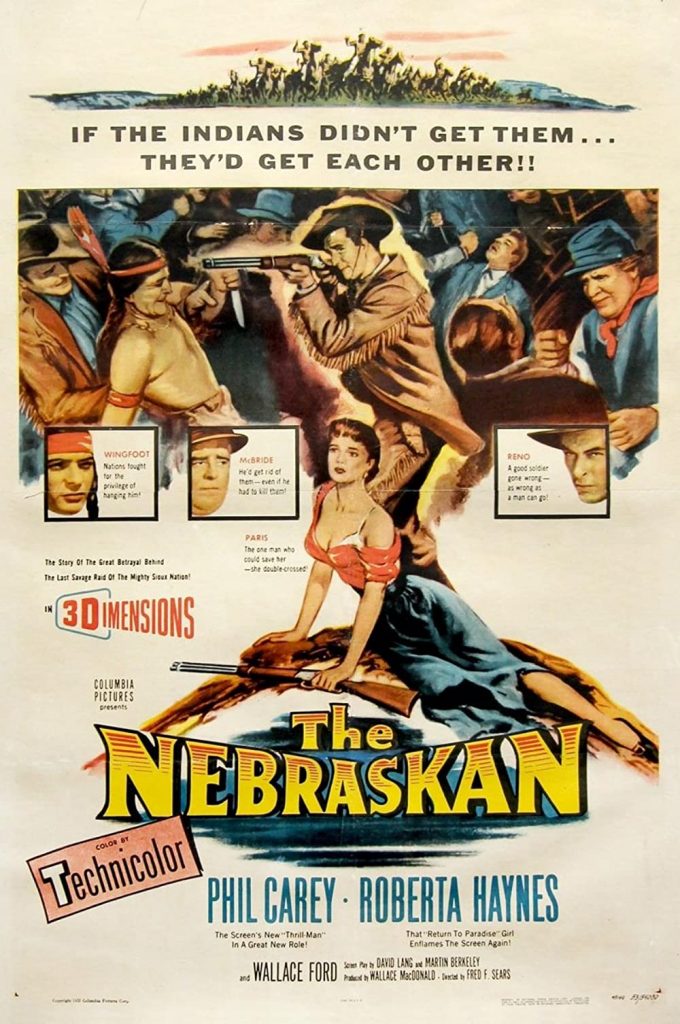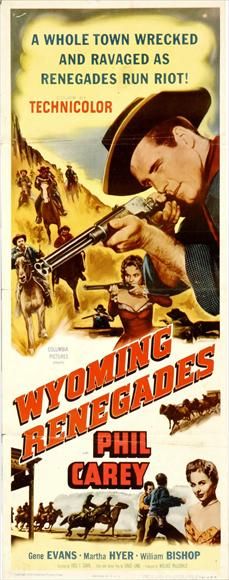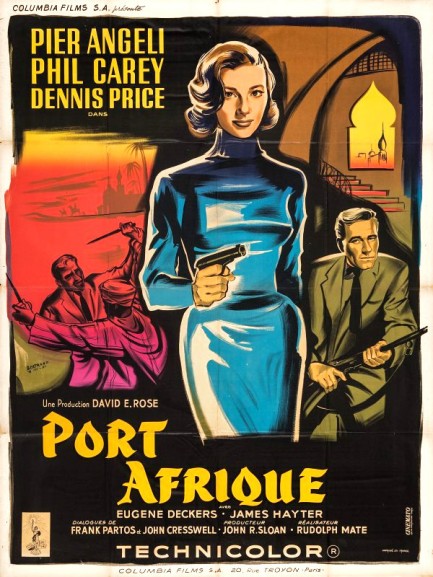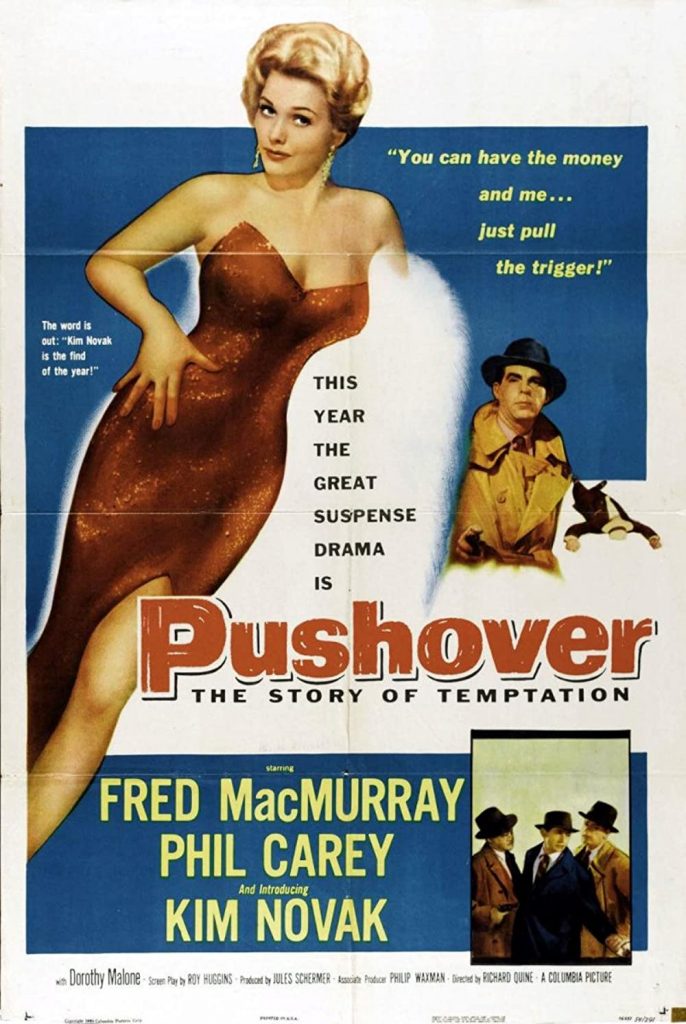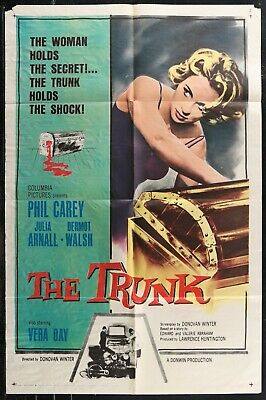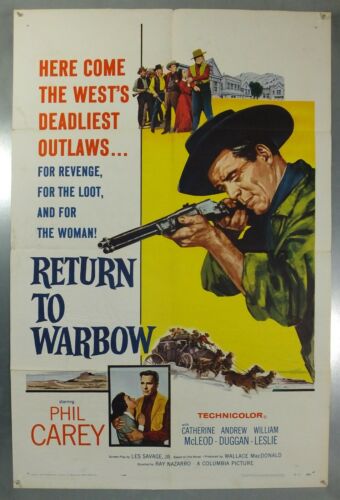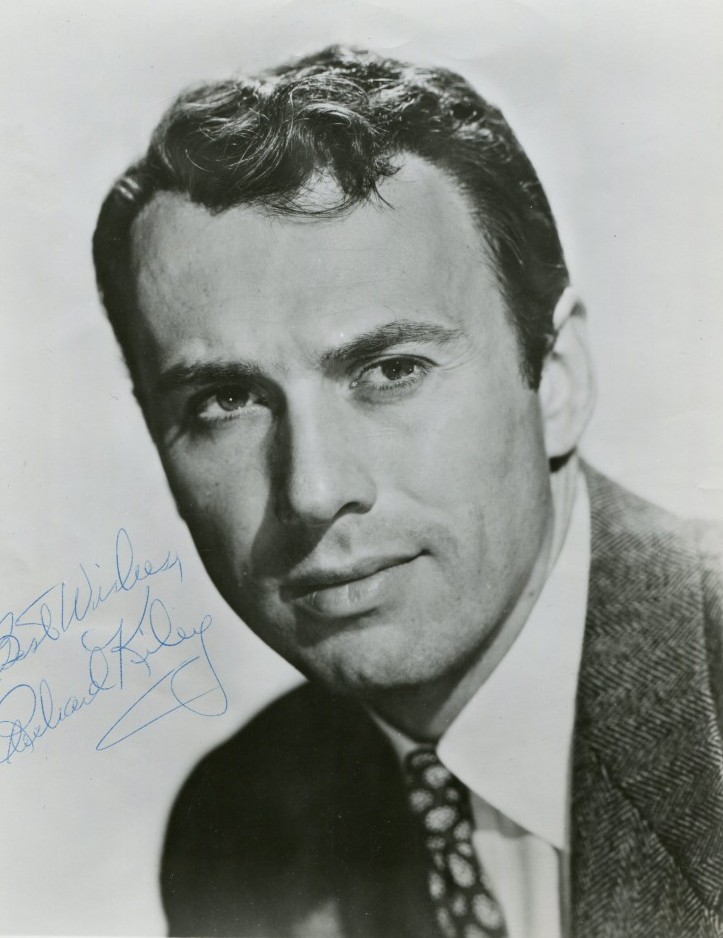
Richard Kiley was born in 1922 in Chicago. He was a very respected and gifted stage actor who made the occasional film. His film debut was “Pickup on South Street” in 1953. His other films include “The Blackboard Jungle” and “Looking for Mr Goodbar” with Diane Keaton. Richard Kiley died in 1999 aged 76.
Tom Vallance’s obituary in “The Independent”:
Born in Chicago in 1922 to an Irish Catholic family, he was educated by priests at Mt Carmel High School, then attended Loyola University where, as he later put it, he “seceded after a set-to with a particularly belligerent cleric. I decided that in the process of inclusion there is also a process of exclusion, and I don’t believe in that. I don’t like groups of any kind – not political or religious.”
After training at the Barlum Dramatic School, he acted with repertory companies in Michigan, Philadelphia and New Jersey before serving as a gunnery instructor in the US Navy from 1943 to 1946. After service, he worked in radio soap operas, then took a train for New York “with $600 in my pocket and two suitcases”. He joined the Actors’ Workshop (a subsidiary of the Actors’ Studio) but found little paid work. “This was a rough period,” he said later. “I had gotten married, there was a baby on the way, and we were living in one room on the lower East Side. I had just about given up when I had had a call from my agent. They were looking for an understudy for Anthony Quinn for the touring company of A Streetcar Named Desire.”
Kiley spent a year with the company, eventually playing the role of Stanley Kowalski. When he returned to New York, live television was thriving and he was given starring roles in Playhouse 90, Studio One and the Kraft Television Hour. “It was enormously exciting, but I missed a live audience,” he later commented.
He made his New York stage debut as Joey Percival in Bernard Shaw’s Misalliance (1953), winning the Theatre World Award, then was cast as the Caliph in the musical Kismet (1953), which starred Alfred Drake, who had been Broadway’s leading male musical star since creating the role of Curley in Oklahoma! a decade earlier.
In Kismet, Kiley introduced the hit song “Stranger in Paradise”, and confessed later, “It was rather daunting to appear on Broadway singing operatic music. I had never sung on stage before. Alfred Drake was marvellous to me, although I understand that he objected that I was not a true tenor, which is quite a legitimate gripe. He himself was a baritone, and I came in as a light baritone. They pushed my stuff up so that I was singing in a bright tenor key.” Kiley’s commanding presence and virile voice were to grace several musicals.
He returned to drama with Henry Denker and Ralph Berkey’s compelling Time Limit (1956), in which he played an army major on trial for collaborating with the enemy while a captive in Korea, and at the Spoleto Festival in Italy he played James Tyrone in Eugene O’Neill’s A Moon for the Misbegotten (1958).
During the Fifties Kiley made several films. He was an undercover agent exposing corrupt dock workers in The Mob (1951), then switched effectively to the other side of the law in Sam Fuller’s Pick-Up on South Street (1953), playing a brutal spy who sadistically beats his girlfriend (Jean Peters) and cold- bloodedly murders a sick old lady (Thelma Ritter). He was fighting crime again in Phil Karlson’s gritty Phenix City Story (1955) and the same year had a memorable role as the idealistic schoolmaster who is devastated when his treasured collection of Bix Beiderbecke records is smashed by a delinquent pupil (Vic Morrow) in Richard Brooks’s The Blackboard Jungle.
Kiley returned to the musical stage to co-star with Gwen Verdon in Redhead (1959), the first show directed by Bob Fosse. “We crossed swords a few times,” said Kiley. “Coming from choreography he expected an actor to behave like a dancer and just do as he was told. Occasionally I would ask, `Why?’ There were a few sparks but our mutual respect overcame that.” Both Verdon and Kiley won Tony Awards for their work in the show.
Two years later, Kiley had another dramatic success playing a young senator blackmailed because of a homosexual incident in his past in a stage version of Allen Drury’s novel Advise and Consent (1961).
In No Strings (1962), the first musical for which Richard Rodgers wrote the words as well as the music, Kiley played an expatriate writer who falls in love with a black model played by Diahann Carroll, who was appearing in only her second Broadway show. “Richard Kiley was the kindest and most generous co-star an actress could hope for,” she said. “He knows all the tricks for getting out of trouble when you lose your concentration or your throat starts to close, and went out of his way to share his experience with me.” Kiley and Rodgers were not always on such good terms. “I had a tendency to band the notes a little,” said the actor, “and he didn’t like that at all.”
In 1965 Kiley created the role for which he will always be remembered, the author Cervantes who, imprisoned during the Spanish Inquisition, entrances the other prisoners with his story of the idealistic Don Quixote, which he acts out for them. “I always thought I was a character man who was caught in a leading man’s body,” said Kiley. “Now I was offered the opportunity to work my way out. I knew Don Quixote would be the role of a lifetime.” Kiley played the role for two years on Broadway, then after recreating it in Los Angeles played it in London at the Piccadilly Theatre in 1969. The role won him the Tony, the Drama League Award and the New York Critics Circle Award, and he went on to sing Quixote’s credo, “The Impossible Dream”, thousands of times.
Kiley was given his finest screen opportunity when Frank Sinatra backed out of the musical version of the cult novel The Little Prince. In the role of the Pilot, Kiley sang the Oscar-nominated title song, but, despite a Lerner-Loewe score and striking production design by John Barry, Stanley Donen’s film failed to please critics or attract the public.
Moving into character roles, Kiley was the stern father whose harsh ways drive his daughter to promiscuity in the film Looking for Mr Goodbar (1977), but most of his later work was on stage or television. He won Emmy awards for The Thorn Birds (1983), A Year in the Life (1988) and Picket Fences (1994), and his stage roles included Alan Ayckbourn’s Absurd Person Singular (1986), for which he affected a convincing British accent, a revival of Arthur Miller’s All My Sons (1987), for which he received another Tony nomination, and a revival of The Heiress (1989), in which his performance as the father was favourably compared to that of Basil Rathbone in the original production.
He was also prolific in the field of voice-overs, providing narration for more than two dozen National Geographic specials as well as countless commercials.
Richard Kiley remained active until recently – he plays a doctor in the Robin Williams film Patch Adams – and was still fulfilling requests to sing Quixote’s anthem in which he vows to “bear the unbearable sorrow” and “fight the unbeatable foe”. Though the song provokes a strong reaction (even when the show opened some reviewers detested it) Kiley stated that it remained his favourite song. “People are always asking me to sing it at hospital openings and every place else, though I don’t enjoy singing in a tuxedo. I feel I have to be wearing armour to do it right.”
Richard Paul Kiley, actor: born Chicago 31 March 1922; married 1948 Mary Bell Wood (six children; marriage dissolved 1967), 1968 Pat Ferrier; died Warwick, New York 5 March 1998.
The above “Independent” obituary can also be accessed online here.

























